If you’re interested in learning Korean the right way, Korean courses are the way to go!
Below, we’ll cover the top 23 online language programs for learning Korean.

These are the top courses we recommend for learning Korean online.
1. 90 Day Korean
2. Udemy
3. Mango Languages
4. Loecsen
5. Rocket Korean
6. Pimsleur Korean
7. Verbling
8. Coursera: First Step Korean
9. iTalki
10. Hills Learning
11. Glossika
12. Lingodeer
13. Learn Langs
14. My Language Connect
15. King Sejong Institute
16. Cyber University of Korea
17. KoreanClass101
18. Hanyang University’s Online Korean Course
19. FluentU
20. StoryLearning: Korean Uncovered
21. Quick Korean
22. How to Study Korean
23. Talk to Me in Korean
In this article, we will go over these courses in detail. Whether you are completely new to the Korean language, have already studied it before, or have self-studied by consuming Korean language media, you are likely to learn just the right course for you.
Let’s see, which one will you pick?
Online Korean Courses
Thanks to today’s digitalization era, learning new things has become more convenient. Learning the Korean language is no different! Ideally, we might all want to travel to the country where the language is spoken and attend Korean language classes there, but that is impossible for everyone.
That’s where learning a language online comes in. Using online resources for language learning is simply so convenient and versatile. You can easily listen to music, watch dramas or movies, read news clips, challenge yourself with digitalized flashcards, and, of course, choose from many online Korean courses to attend one or more.
And the absolute best part? It can all be done whenever is most convenient for you! Below, we have listed 23 stunning courses worth looking at right now to help you find your pick.
Top Online Korean Language Courses in 2023
In this section, we believe you will find the right Korean course – one or more! – to start or continue studying the language with.
1. 90 Day Korean
First of all, have you already checked out all of the resources our own site has to offer? Many start to learn Korean by going through Korean textbooks for learning. Thus, we have also answered that need by releasing our own Korean book, Learn to Read Korean in 60 Minutes, which can easily be added onto your Kindle and be taken with you anywhere you go. And the best part is that it’s completely free!
And what if you loved the content provided in our Korean book? Well, we’ve got far more than that to offer you! First of all, our blog is full of great material to use to support your studies.
Inner Circle Course
Once you’ve scoured through our free resources and would like to commit to more, we offer our own Korean online course as well! Our Inner Circle offers you the same content that you would be able to learn through Korean textbooks. However, the execution is rather different. Our class has a very similar vibe to a traditional classroom environment. You will also be able to receive personal coaching.
The classes and lessons focus on the essentials of your language learning journey, skipping over fillers. We’re also utilizing psychology and stories that make the lessons unforgettable – quite literally!
By signing up for our VIP program, in addition to the personal coaching, we will also offer you homework grading. Having to do homework for an online class may sound like a drag, but we believe it is a great way to learn immediately in practice what you’ve just been taught in class.
Overall, we have four modules available, each of them lasting 90 days. That’s a whole year’s worth of lessons! By the end of it all, you’ll know far more than just the basics of the language. In Module 3, we dive into things like Korean slang, and in Module 4, we focus on spoken communication.
2. Udemy
Udemy is an online academy of sorts that offers courses in many different areas of life, the Korean language being one among them. There are several different courses offered for Korean, some of which are more popular than others.
Many of these classes focus on learning spoken Korean, so while you’ll still learn the Korean alphabet, much of the vocabulary and grammar is taught through speaking communication concepts. Classes are available for both complete beginners and those with prior knowledge.
3. Mango Languages
Mango Languages is an app that offers language learning in more than 70 languages, including Korean. It will teach you full sentences to work with, and it will be great to practice your pronunciation with, for example. If you love to learn through repetition, it is an excellent resource.
However, there is not much available past the intermediate level, and there is no deep dive taken to understanding Korean grammar.
4. Loecsen
With Loecsen, you can get a quick run into the Korean language, and especially its essentials. There are 17 lessons overall that utilize word association to help you remember. There are even quizzes available so you can keep track of your learning.
This site is perfect for those who want to learn how to survive some everyday situations in Korea, such as placing a restaurant order. However, you’ll have to look elsewhere for more intense Korean classes.
5. Rocket Korean
Rocket Languages is a website that also offers lessons in multiple different languages, including Korean classes.
Their program is well-structured and will offer a clear path for progression. It also allows for skipping lessons if you are feeling like it. However, it is likely not recommended if you want to get a full foundation of the language.
Their instructional dialogues only cover the essentials, so very little time is spent on anything a student may consider filler. It covers listening, writing, reading, and speaking Korean starting from the very beginning of learning the language. However, unfortunately, the course may not yet offer classes reaching all the way to the more advanced levels of Korean.
6. Pimsleur Korean
Yet another site offering lessons in multiple different languages, including a Korean online course, is Pimsleur.
The classes at Pimsleur also emphasize lessons on spoken communication, and thus, the focus is on improving your speaking skills. The lessons are structured in detail, and the length is just long enough to offer you a proper lesson but not so long that you would lose focus.
However, unlike some other courses, you cannot customize the speed with which the lesson moves. And, while the classes all complement one another, they are largely audio-based. Thus, this might be a difficult class for a visual learner.
7. Verbling
With Verbling, you will sign up for a Korean online course with a personal teacher of your choice. You will work from a type of online classroom and have tools like flashcards, a calendar for your homework, and a system with which you can file all the lesson materials as you get them.
The lessons are well-structured, and finding a high-quality teacher shouldn’t be difficult. The focus is also more on long-term progression, so it is for someone who likes to commit to their studies. Also note that, unfortunately, not all of the teachers stick to the flashcards and materials provided by the site.
8. Coursera: First Step Korean
Unlike most other courses on this list, Coursera’s First Step Korean isn’t a full-stretch Korean online class. Instead, it is mostly an introduction to the language, comprising five lessons, each of which includes four units.
You will learn the basics of the language, and improve your Korean language skills such as reading, speaking, listening, and writing skills. It is offered through Yonsei University, a prestigious university in Seoul. In addition to English, it is available in seven other languages. Thus, it can offer a good foundation for many to continue their studies.
9. iTalki
Yet another site that offers language classes in numerous different languages is iTalki, with more than 300 teachers signed up to teach Korean. With these tutors, you can get private and personalized online lessons.
Before committing to any teacher, you may also try out multiple different ones by booking trial lessons with them. However, you will want to take note that these trial lessons are not free. Also, the content of the classes, as well as the price, depends entirely on the teacher.
But, on the good side, you can search for teachers based on what type of Korean they teach, for example, conversation practice, business Korean, test preparation, or Korean for kids.
10. Hills Learning
Based in New York, Hills Learning focuses on offering classes in various Asian languages, including Korean. They offer physical classes in their academy, but some can be taken online.
They offer several different classes from beginner to pre-intermediate level. Each course lasts for 8 weeks, with 1.5 hours worth of classes taught each week. Note that these classes are quite pricey, but their live classes are of top quality. It’s possible to take private classes, but they are also offered in small group settings.
11. Glossika
Glossika’s curriculum for Korean classes vastly differs from most others on this list. There are no textbooks in use, and grammar does not play a big part.
Instead, Glossika uses a rather unique method of teaching the Korean language one sentence at a time. And it does it so that you will repeat each sentence numerous times until it has been stuck in your head.
There are thousands of sentences available, with audio provided by native speakers. It promises teaching Korean language that gets you to speak Korean in a natural way.
12. Lingodeer
Lingodeer is a language app that offers lessons in Korean as well. Although it adds gamification to its lessons, it follows a well-structured path to learning.
In comparison to many other language apps, Lingodeer shines in a positive light, at least when it comes to lessons offered in Korean and other Asian languages. It will give you a solid foundation to start building your Korean language journey, with each lesson complementing the one before.
However, at least right now, it only offers lessons for beginners and perhaps intermediate-level learners.
13. Learn Langs
Learn Langs is a great course for those hoping to take a deep dive into the Korean alphabet specifically. It actually does not cover anything else besides the Hangul.
However, it offers six lesson units, each of which covers a different aspect of the alphabet. Taking this class will give you a strong understanding of Hangul, after which you can take other classes on this list to learn everything else about Korean.
14. My Language Connect
My Language Connect is another site offering private lessons in numerous languages, including Korean. On it, you will get assigned a private tutor with whom you will take classes via Zoom.
This Korean online course can be especially efficient if you are preparing to take TOPIK. However, you will need to commit and pay for at least 10 classes on this site.
15. King Sejong Institute
King Sejong Institute is especially renowned for its live classes. However, in the past couple of years, they’ve also begun adding more Korean online courses into their repertoire. There are also online resources you can use without officially signing up for a class.
Meanwhile, their classes typically last for at least a few weeks. The majority of the lesson content is created using the institute’s own textbooks. They also offer culture courses for those interested in learning more than just the language. However, while there is a lot of variety in course offerings, they may not always be available to sign up for.
16. Cyber University of Korea
Affiliated with the prestigious Korea University, Cyber University of Korea is a free resource for Korean classes. Their amount of content is rather comprehensive, and their YouTube channel, especially, is easy to navigate. However, it may prove to be difficult to navigate the website itself to find the lesson material.
17. KoreanClass101
With KoreanClass101, you will especially get trained on your listening comprehension. The audio-heavy lessons follow a style that is similar to a podcast. Lessons are offered to any level, from beginner to advanced, covering essential vocabulary and grammar.
At this time, it seems the majority of their content targets beginner-level learners. However, they are continuing to work on more lessons for higher-level learners. The lessons are also kept short and sweet, so you can include your Korean classes even on a busier day. The site also utilizes tools like flashcards to enhance your learning.
18. Hanyang University’s Online Korean Course
Over the course of 10 weeks, this Korean online course provided by Hanyang University promises to be an intensive journey into beginner-level Korean. It does, however, assume that you already know the Korean alphabet, so it won’t be appropriate for someone with zero knowledge of the language.
The lessons are taught in video format, using Hanyang University’s own Korean textbooks. Their on-site language program is considered among the best in Korea, so at least some of that should transfer onto their video lessons as well. The course focuses mainly on grammar, vocabulary, and expressions.
19. FluentU
FluentU offers classes in several languages but is perhaps most famous for its Korean online course. It creates language lessons through movie trailers, music videos, news, inspiring talks, and other unique content.
Basically, the vocabulary and grammar structures chosen for each class come from the video material picked. However, it aims to keep everything you learn in relation to everyday life.
In addition, FluentU also utilizes a lot of quizzes that will help you in memorizing what you’ve learned thus far. It can also be downloaded as an app if you prefer that over a website.
20. StoryLearning: Korean Uncovered
Coupled with a unique, creative name, Korean Uncovered by StoryLearning promises its students a comprehensive lesson guide to the Korean language.
Currently, it offers a course for beginners and another one for pre-intermediate level. The 20 modules in the beginner course have you following a story from start to finish. Each lesson will cover a part of that story, with a teacher breaking down the grammar introduced to you in it. The vocabulary in each part of the story will, of course, be taught to you as well.
You’ll also learn how to read and write Korean. You’ll be taught pronunciation as well, but this program is less focused on verbal communication.
21. Quick Korean
Quick Korean is offering Korean classes for free in a setting that reminds you of a traditional classroom, only online. There are four levels of classes offered, with the difficulty of them increasing with each level. There are also some additional Korean lectures, each lasting around three minutes, that serve to support your learning.
Unfortunately, there is no additional tutoring available. However, the program does promise you that once you have completed it, you should be ready to take on TOPIK.
22. How to Study Korean
How to Study Korean is a free resource that operates similarly to a Korean online course. Its lessons are divided into seven units, each of which contains 25 lessons in total.
There are also some quizzes and unit tests along the way, testing how much of their content you have retained. Each lesson teaches you grammar, as well as new vocabulary. Unfortunately, there is a little visual aspect to their lessons, but each new piece of vocabulary comes with an audio.
And, as long as you like to read, the grammar lessons are always written in detail. Additionally, it appears that the site admins are still working tirelessly to add more lessons to the site.
23. Talk to Me in Korean
Talk to Me in Korean is a resource offering lessons and courses that you can move through at your own pace. They cover beginner, intermediate, and advanced levels, and you can even take a language-level test to figure out where you should start.
The lesson forms are mostly video and audio, though they also sell their own textbooks. Besides a structured curriculum, they offer you the option to choose singular video lessons depending on what you wish to learn at that moment.
Wrap Up
Hopefully, among these Korean courses, you can find one or more that you’ll take up studying with! Each of them is perfect for some kind of student. And, with a few put together, you can create your own customized and perfect learning journey into the Korean language!
The post Korean Courses – The Top 23 Online Language Programs appeared first on 90 Day Korean.
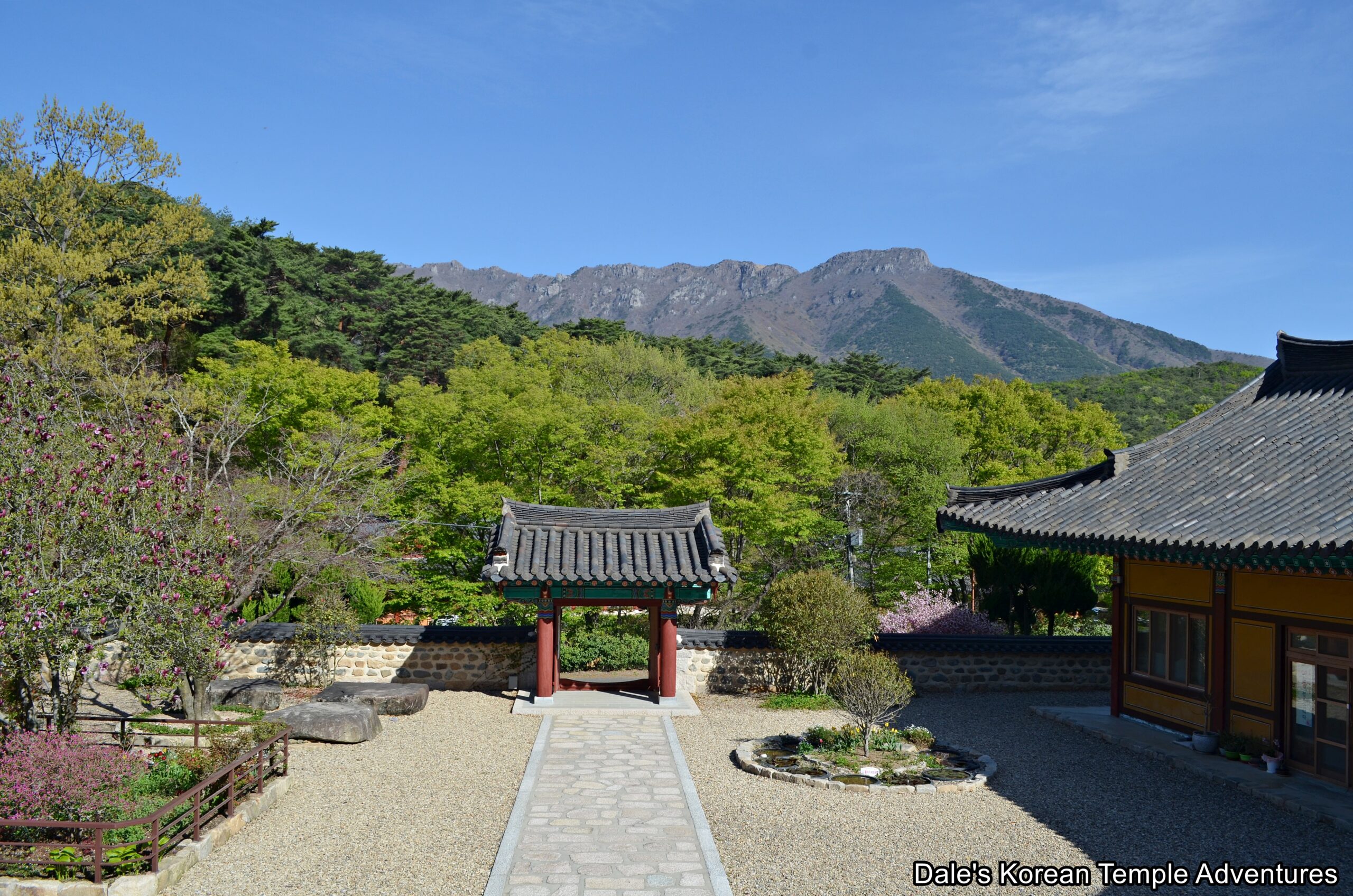
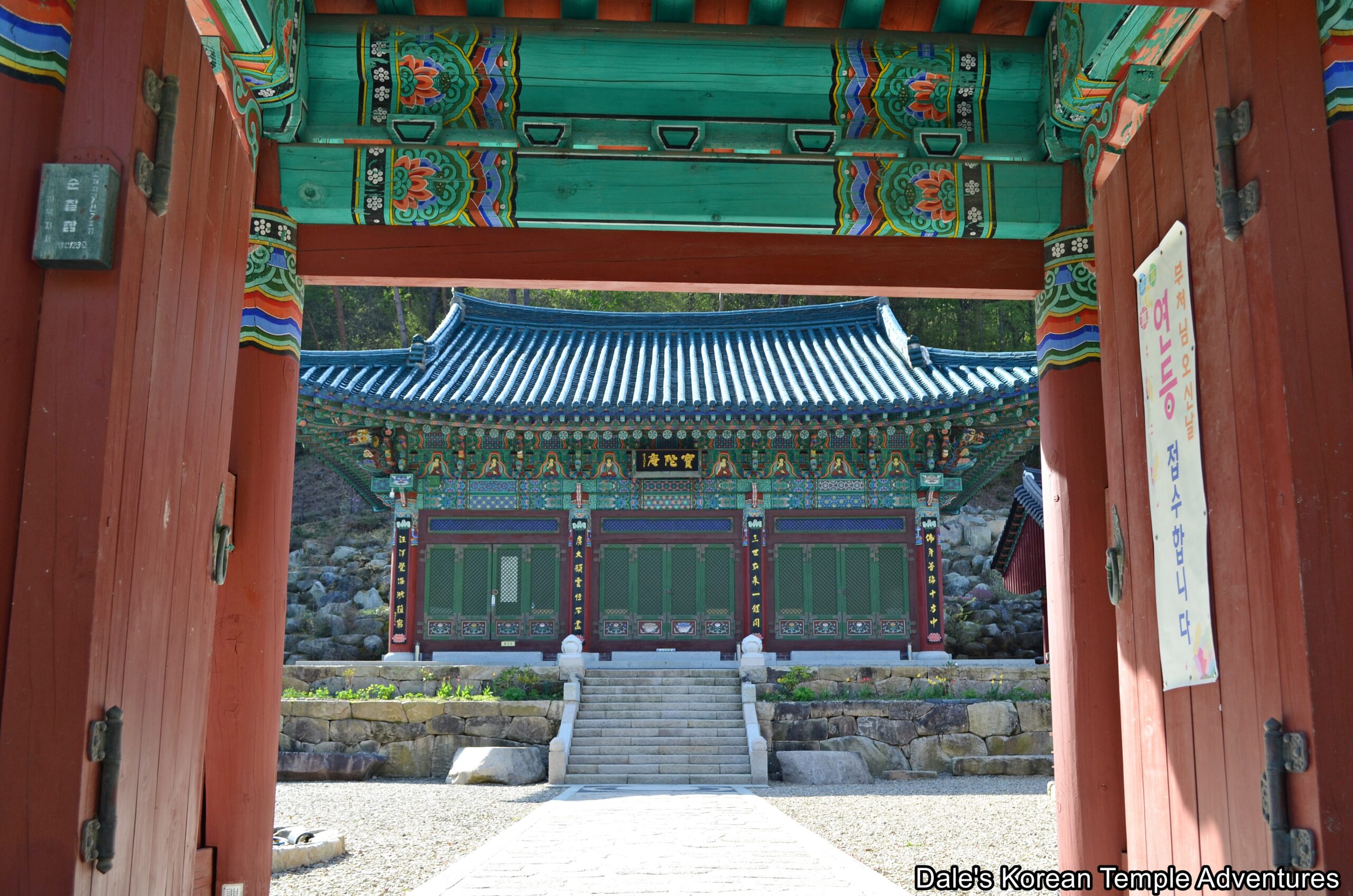
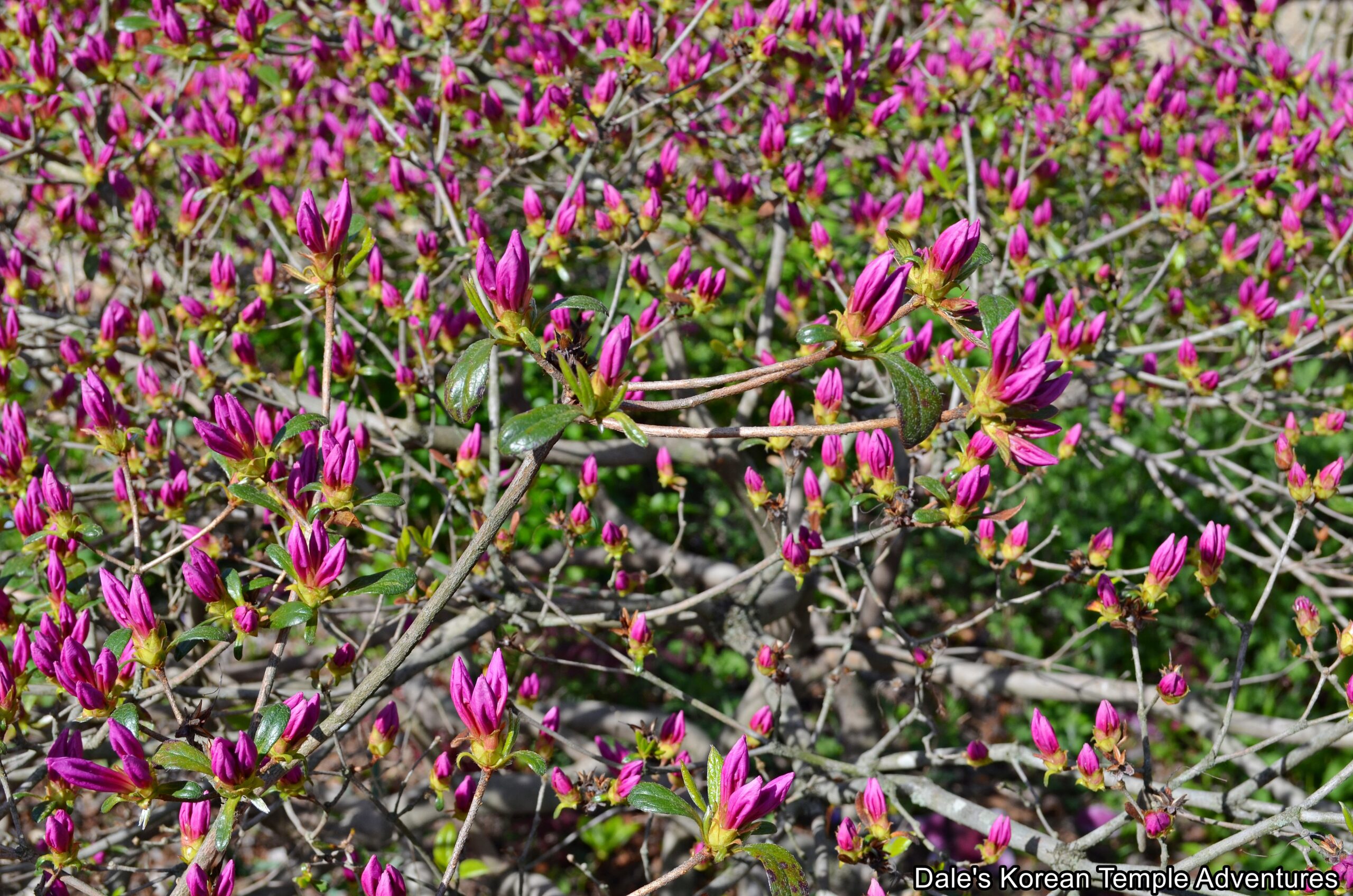
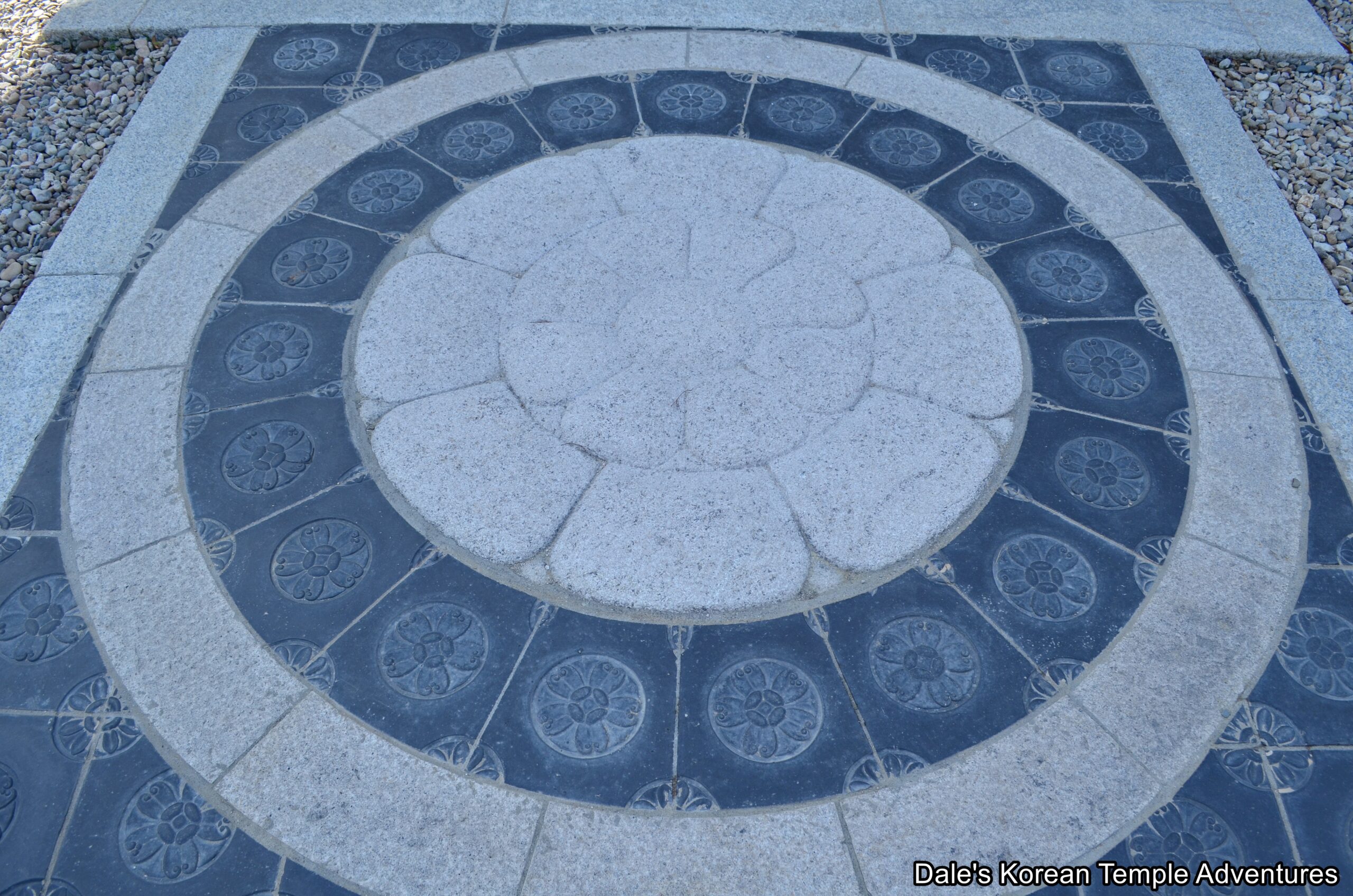

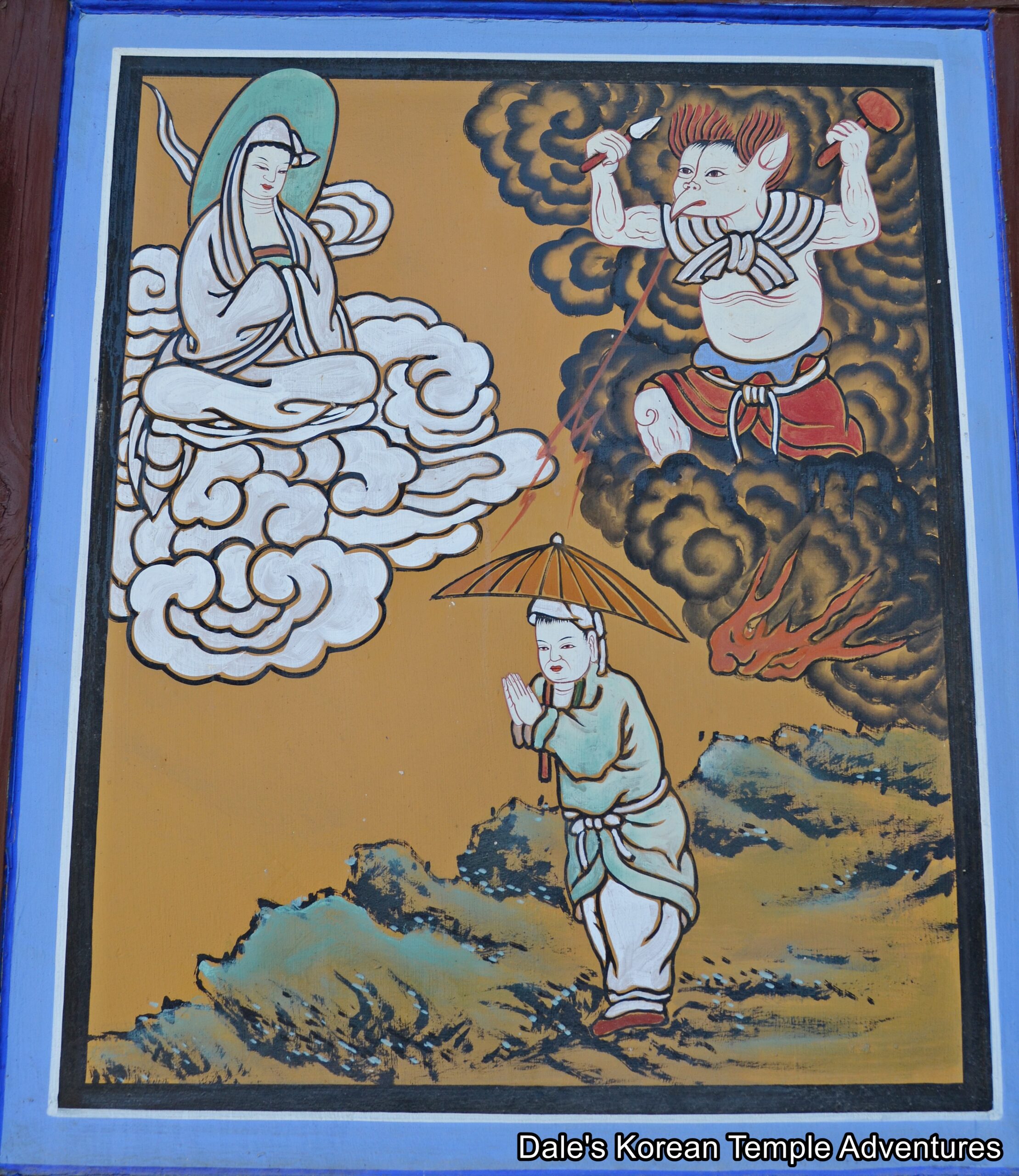
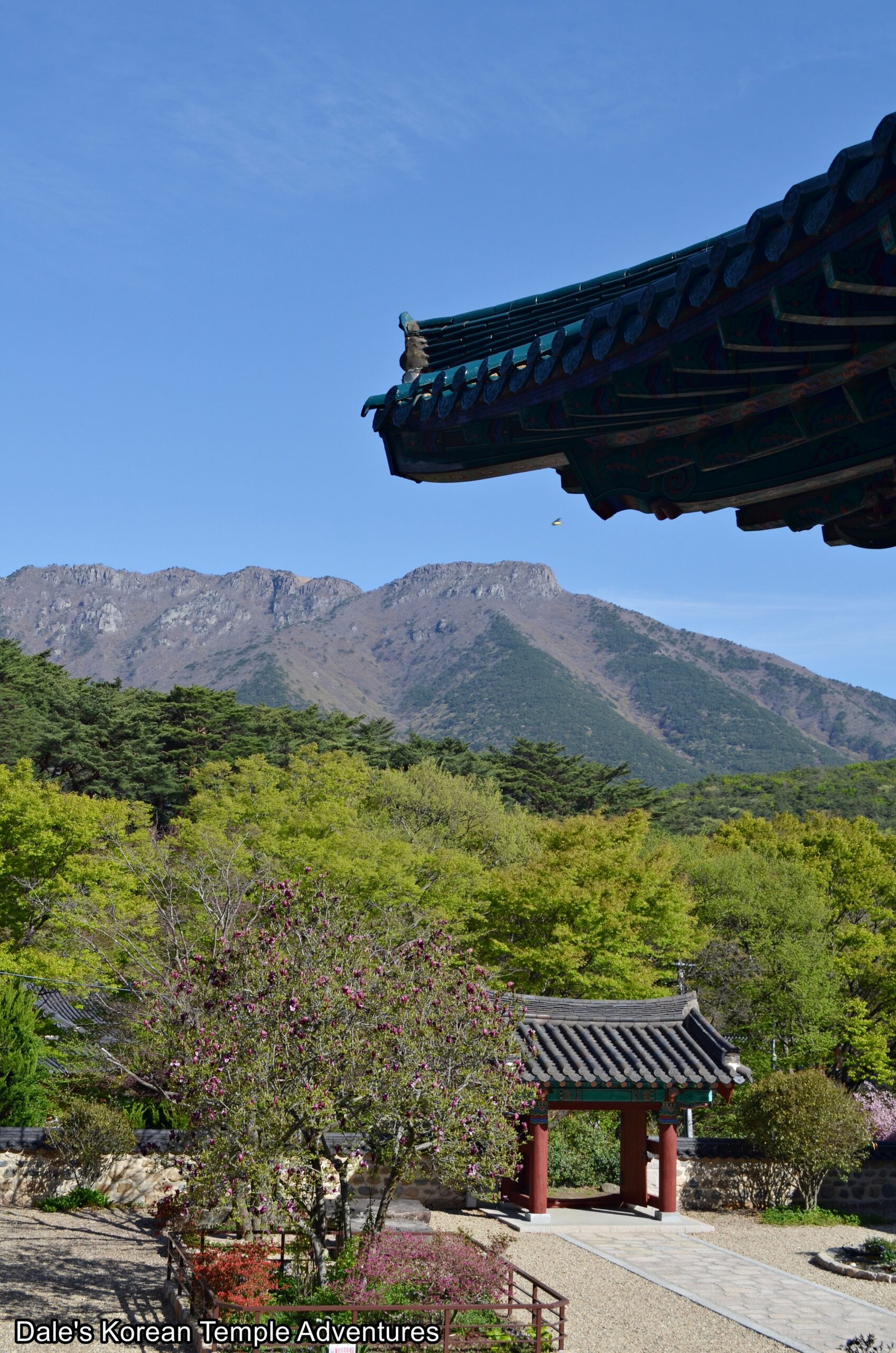
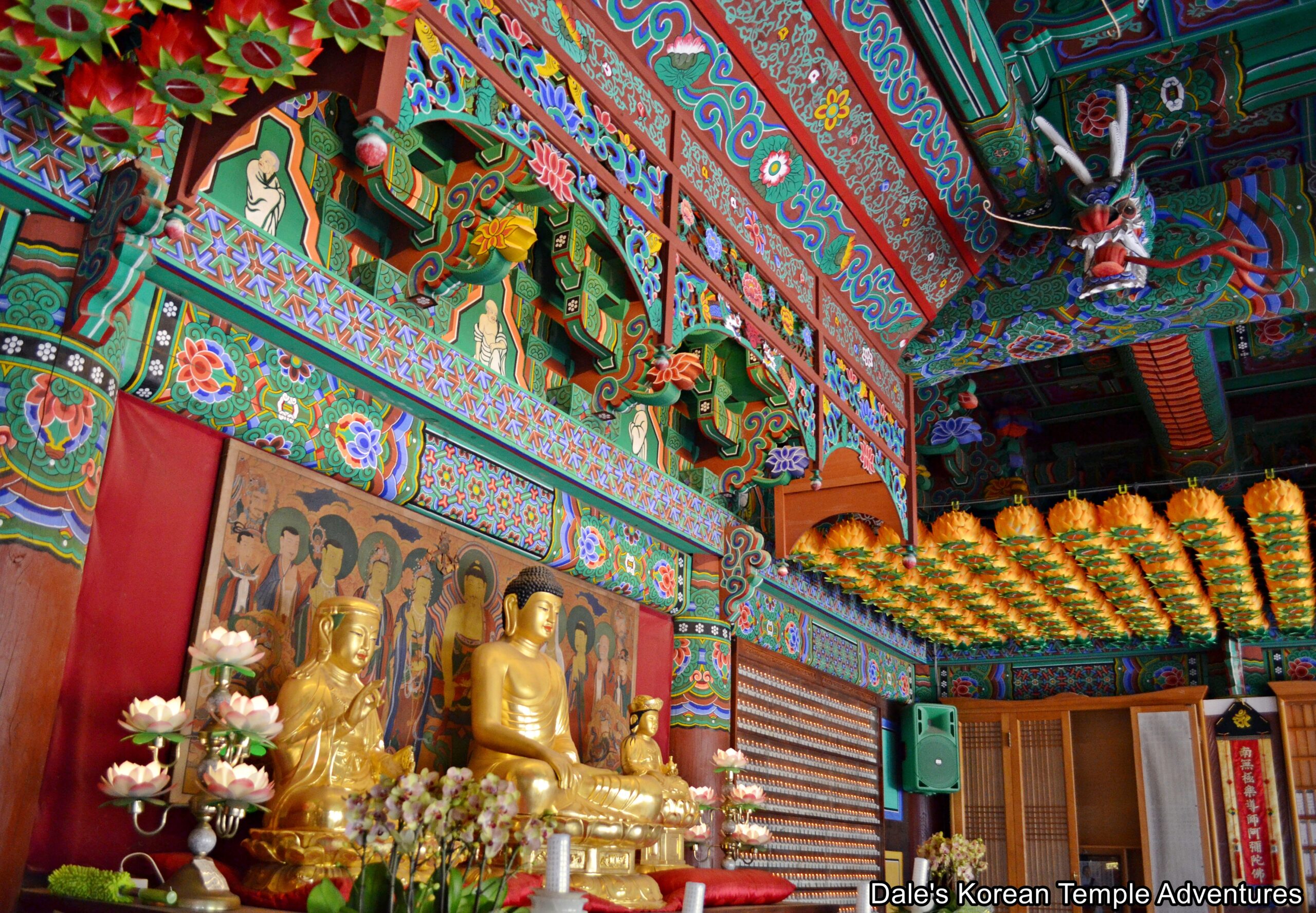
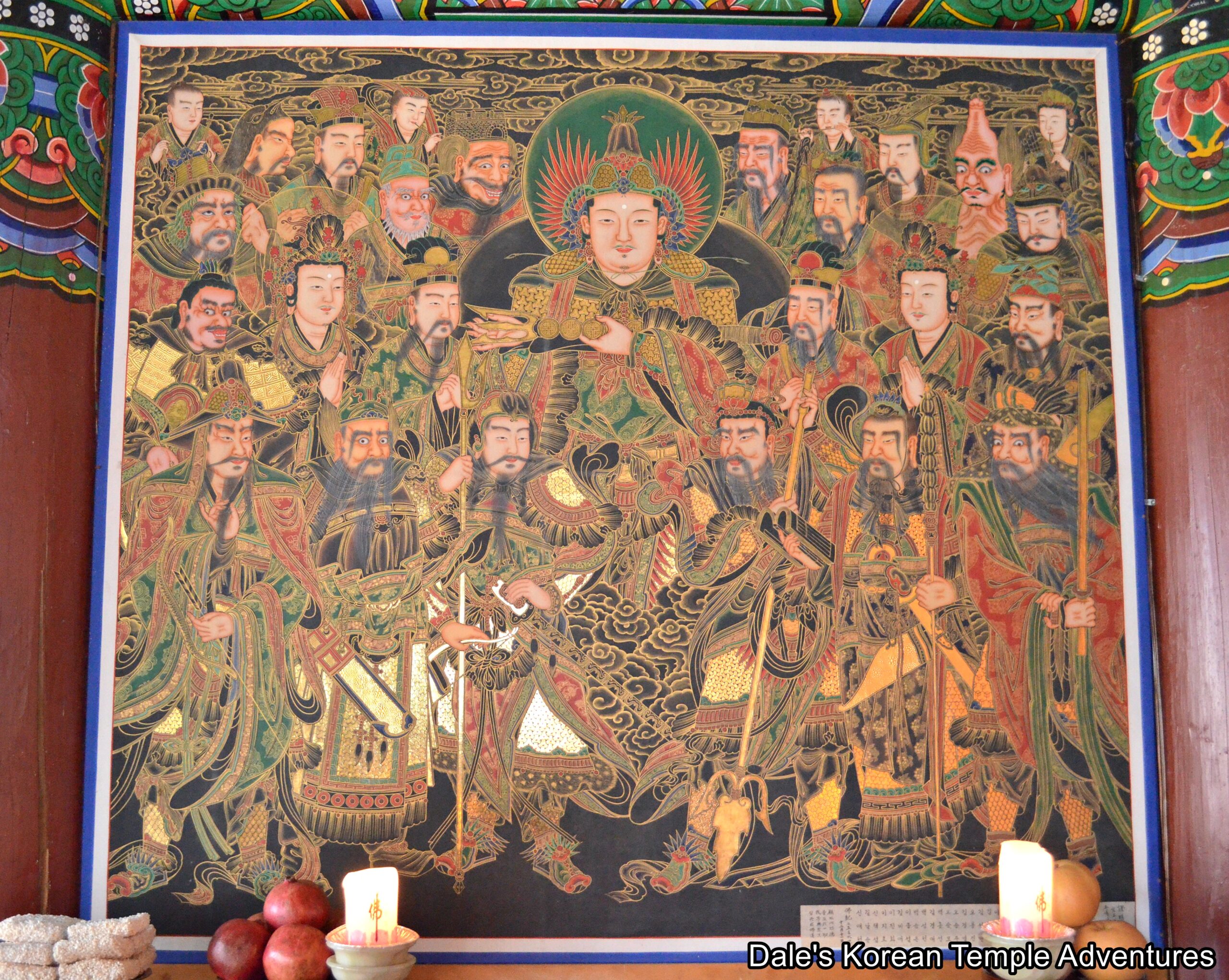
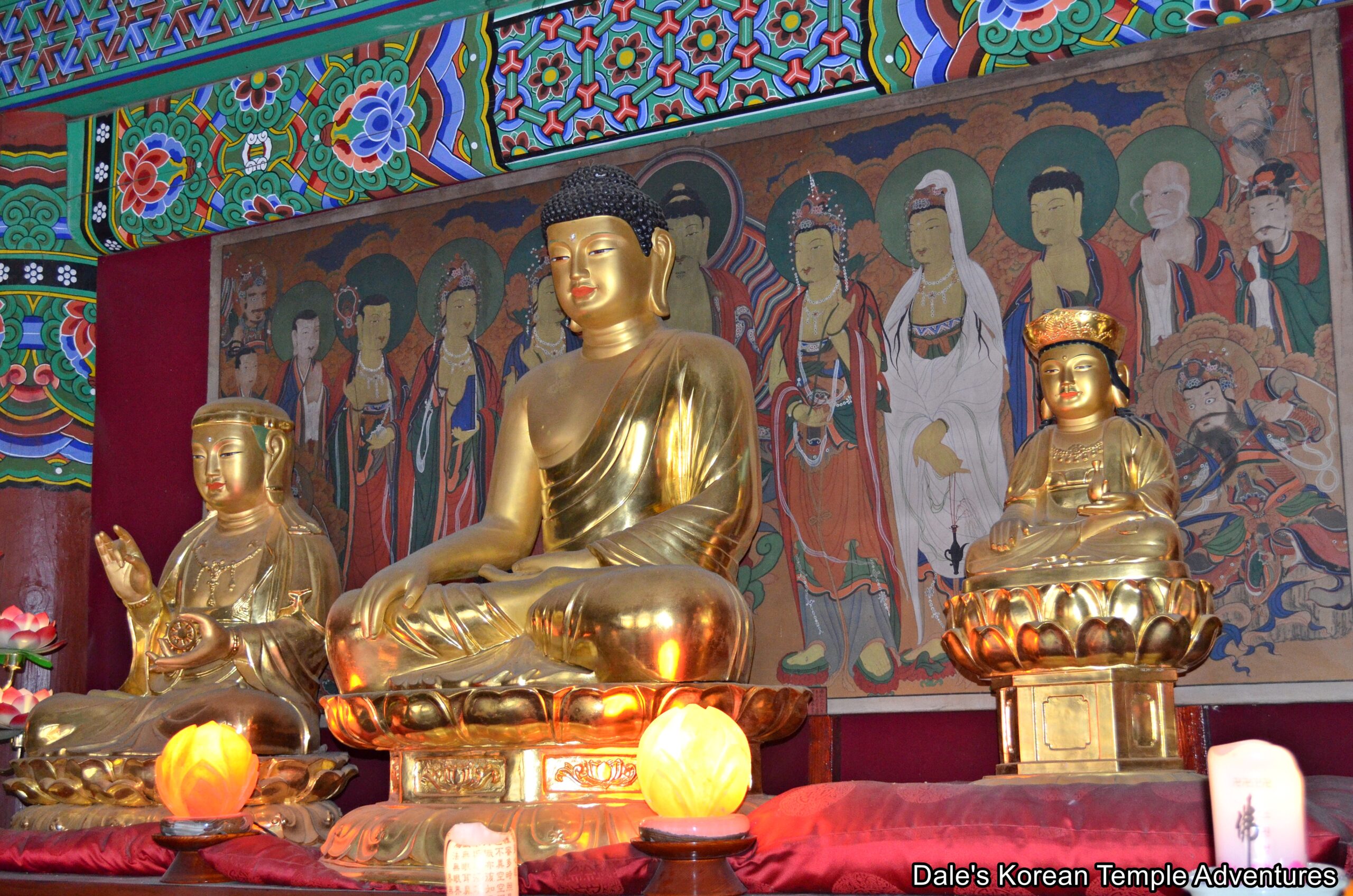
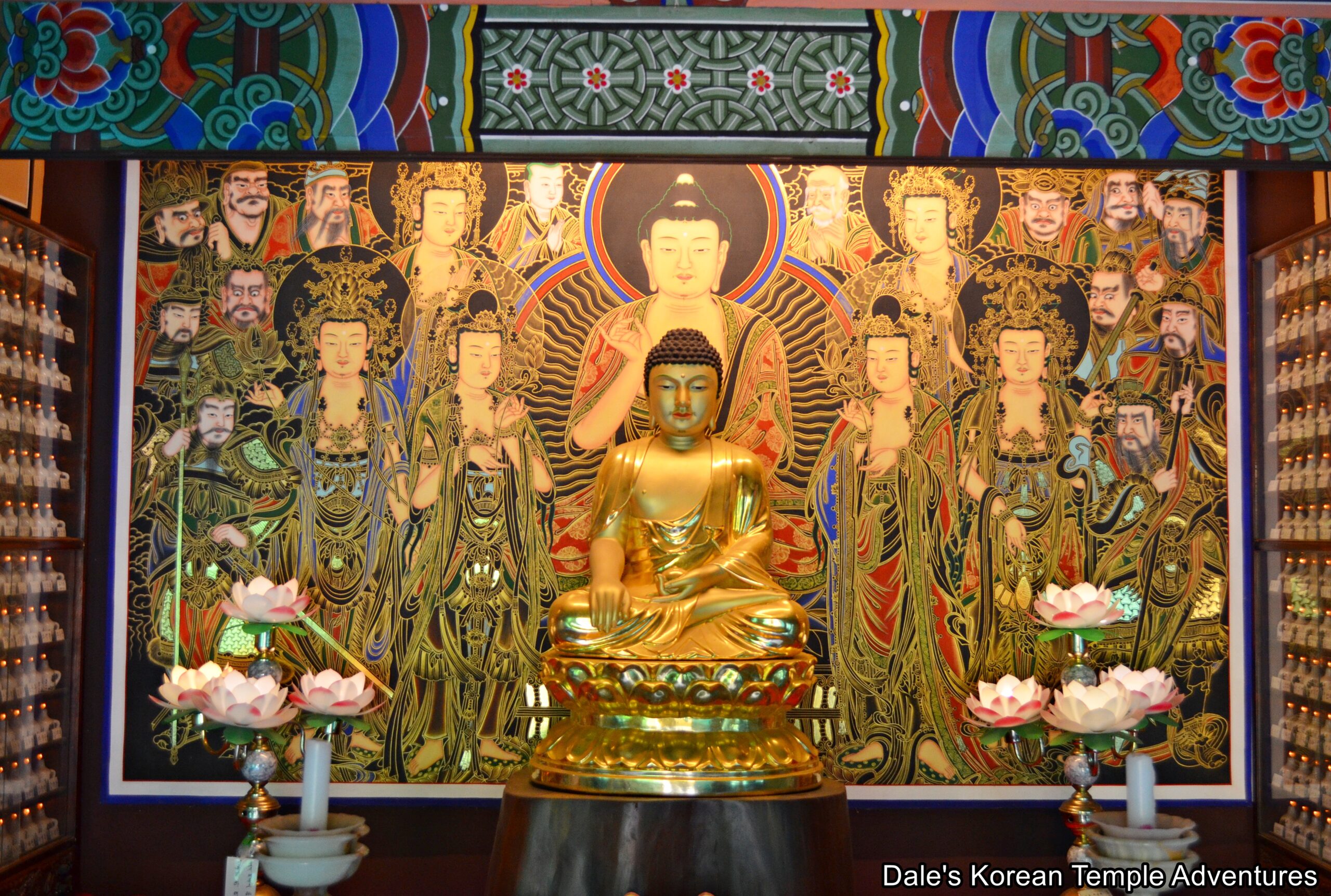
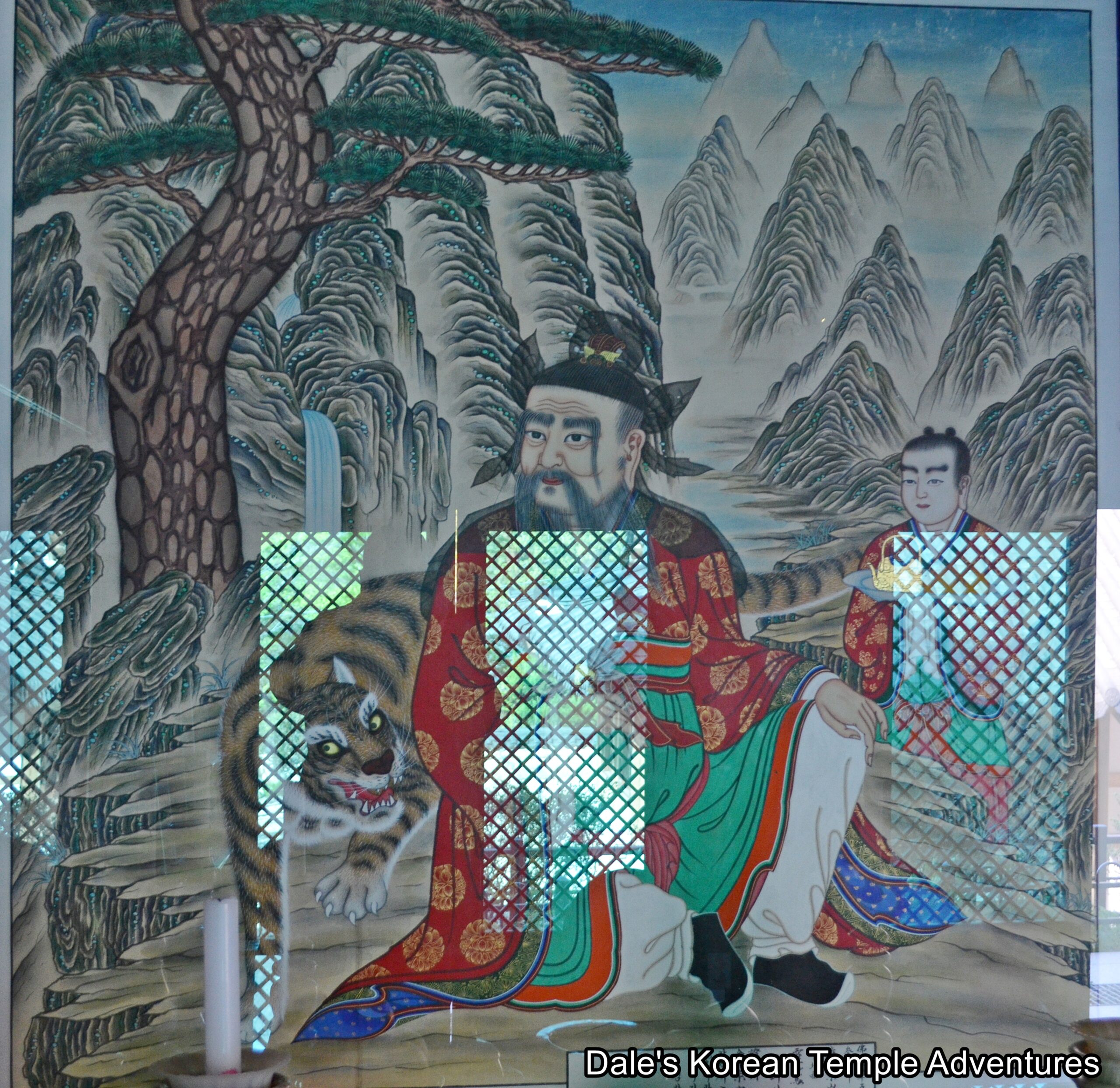
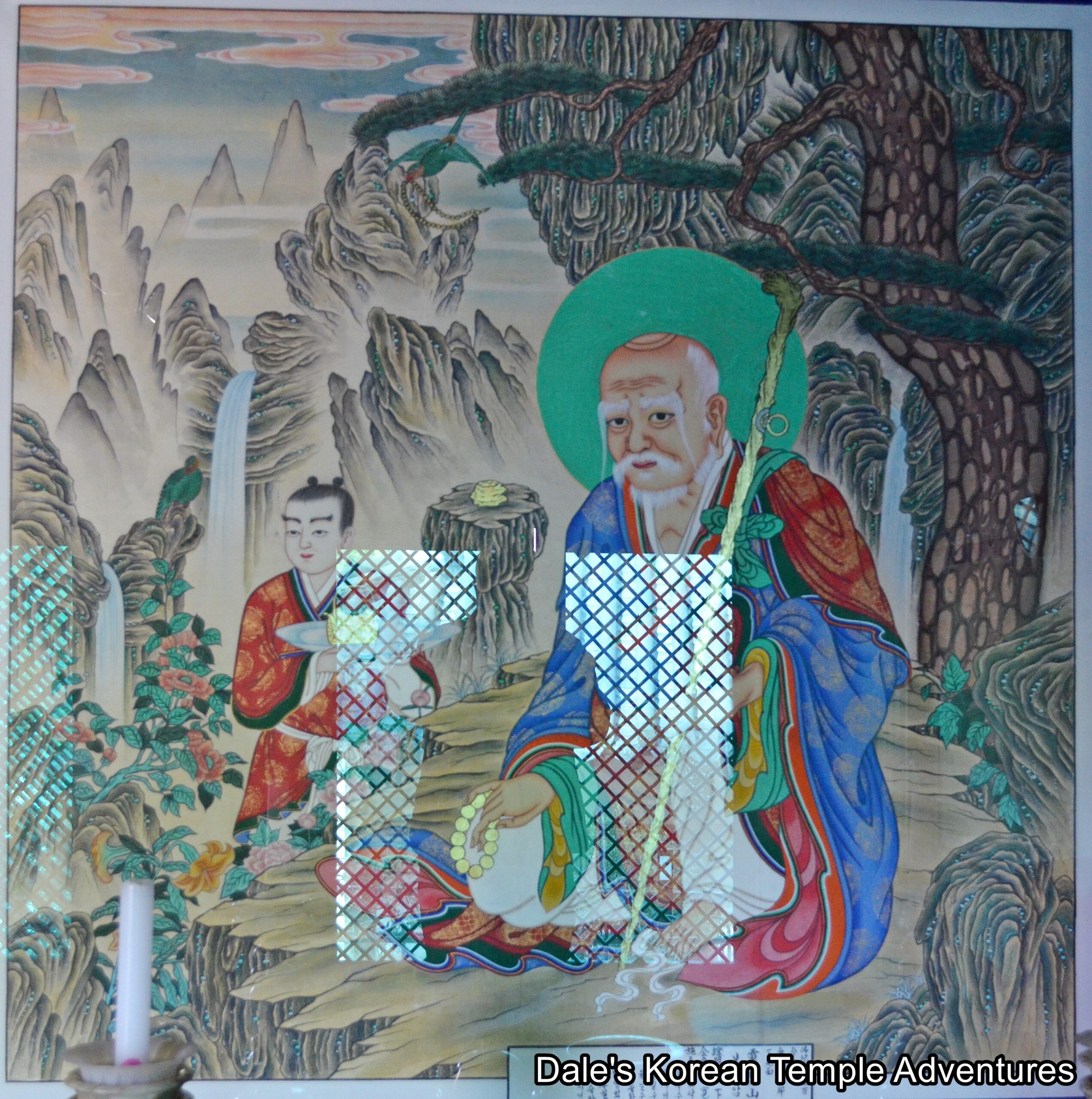
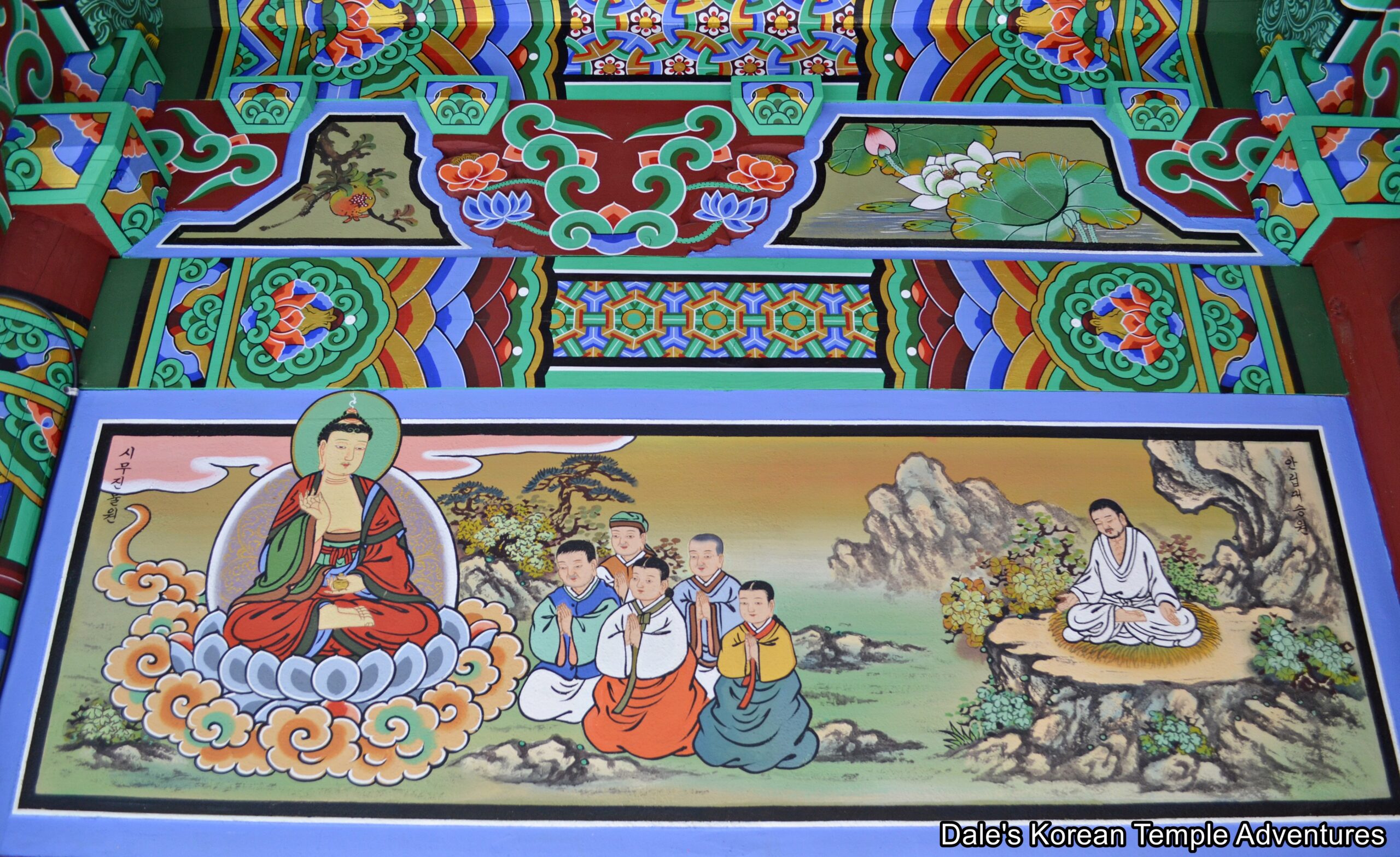
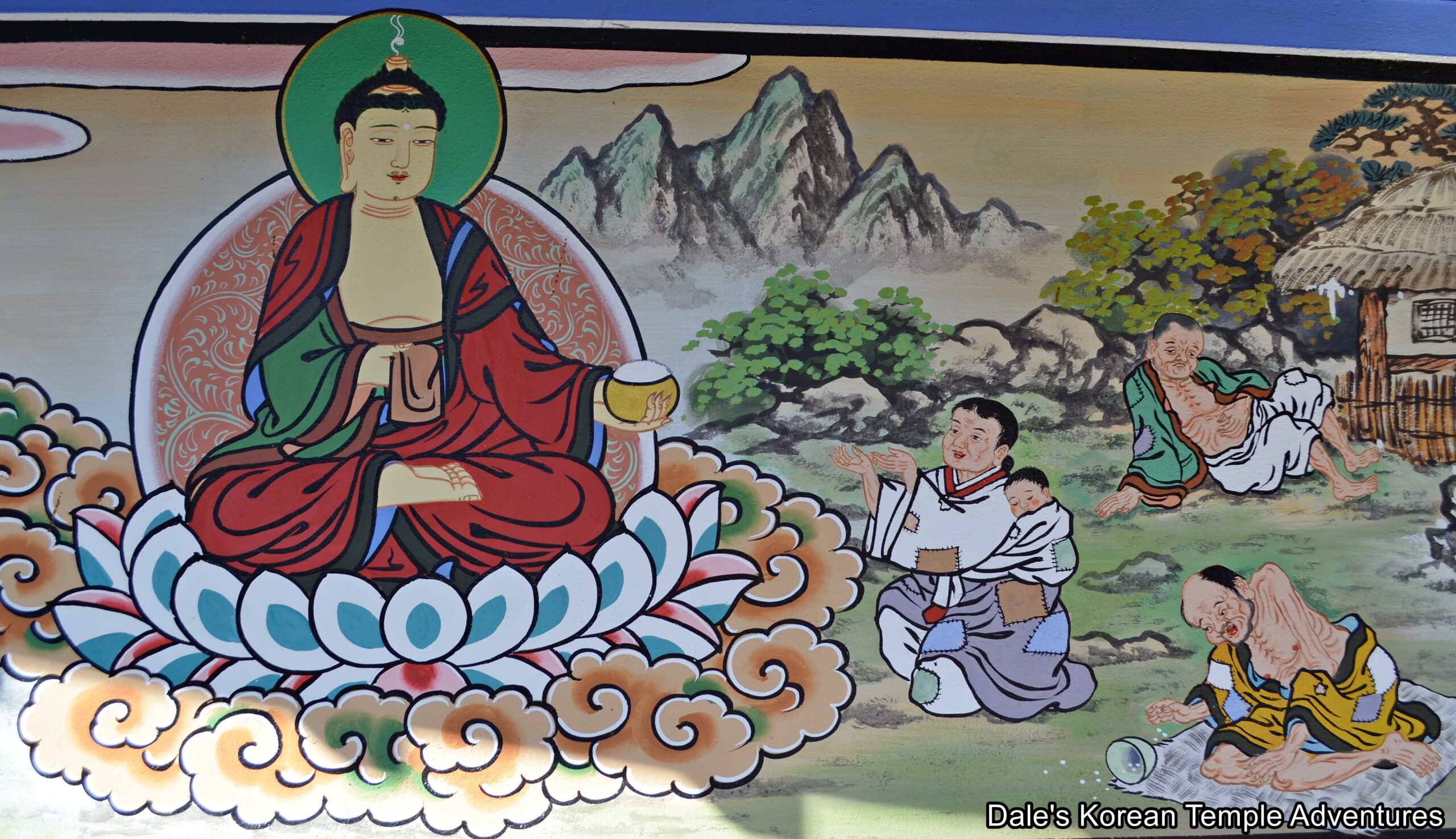
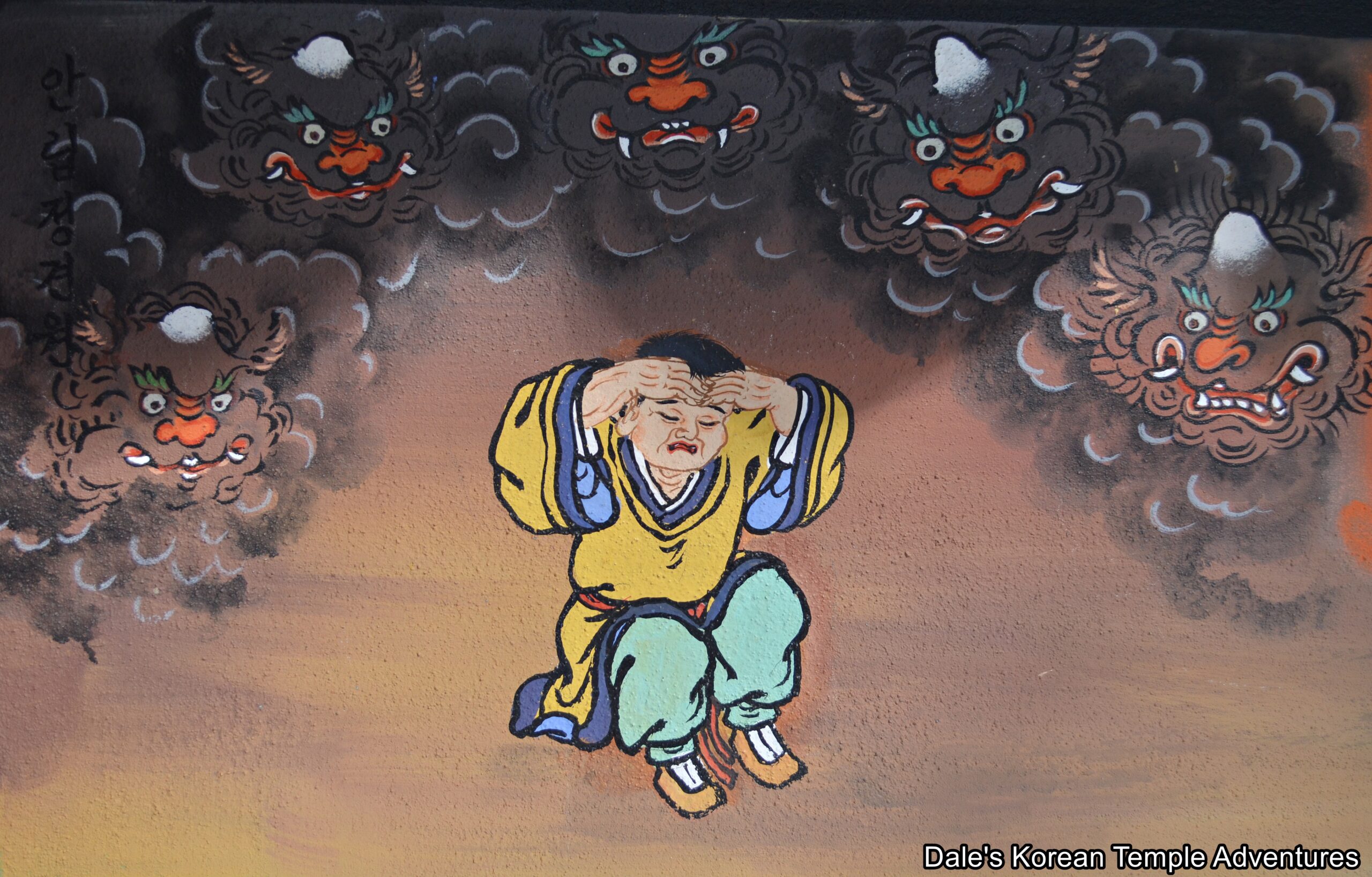

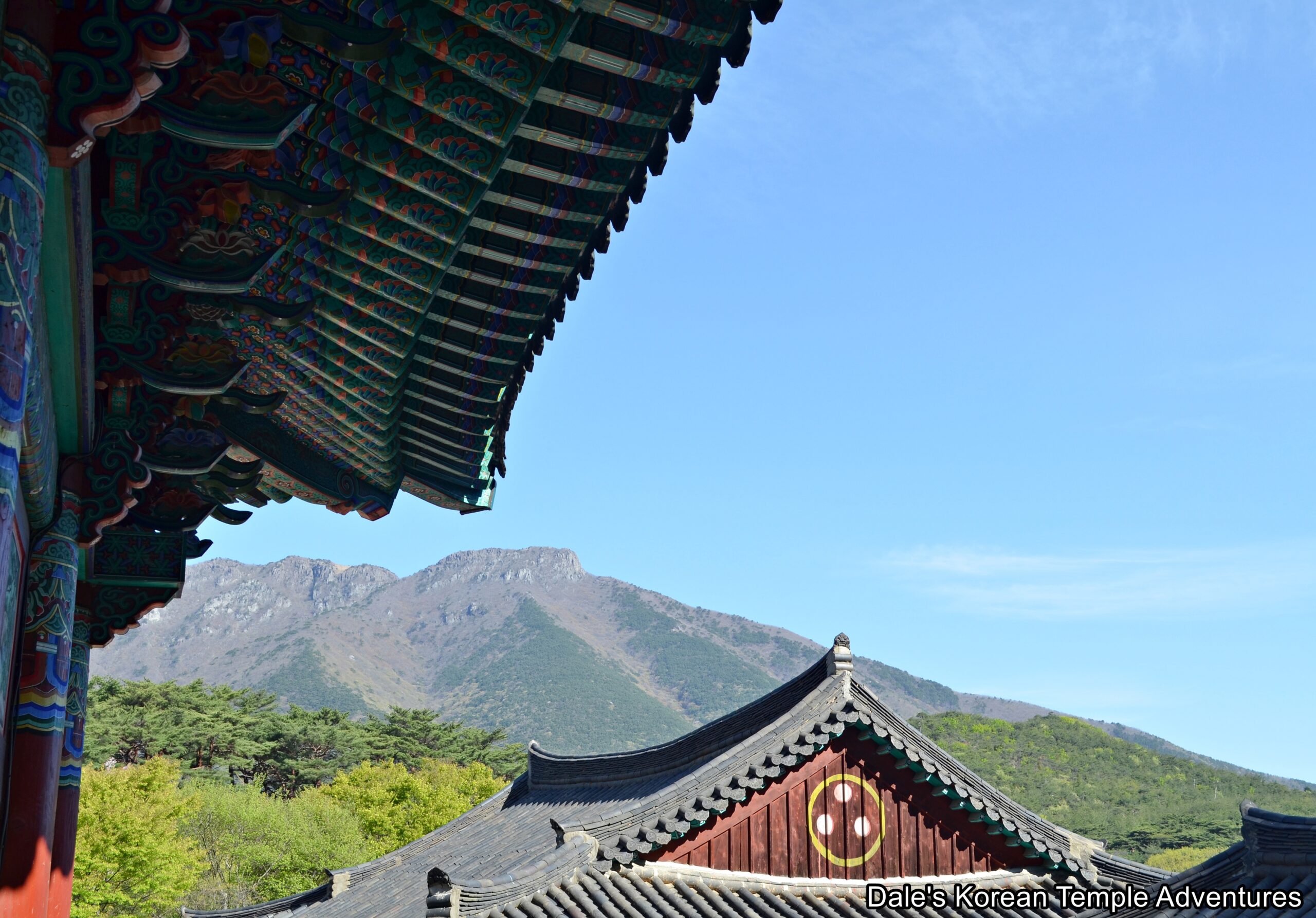



 Learn to read Korean and be having simple conversations, taking taxis and ordering in Korean within a week with our FREE Hangeul Hacks series:
Learn to read Korean and be having simple conversations, taking taxis and ordering in Korean within a week with our FREE Hangeul Hacks series: 

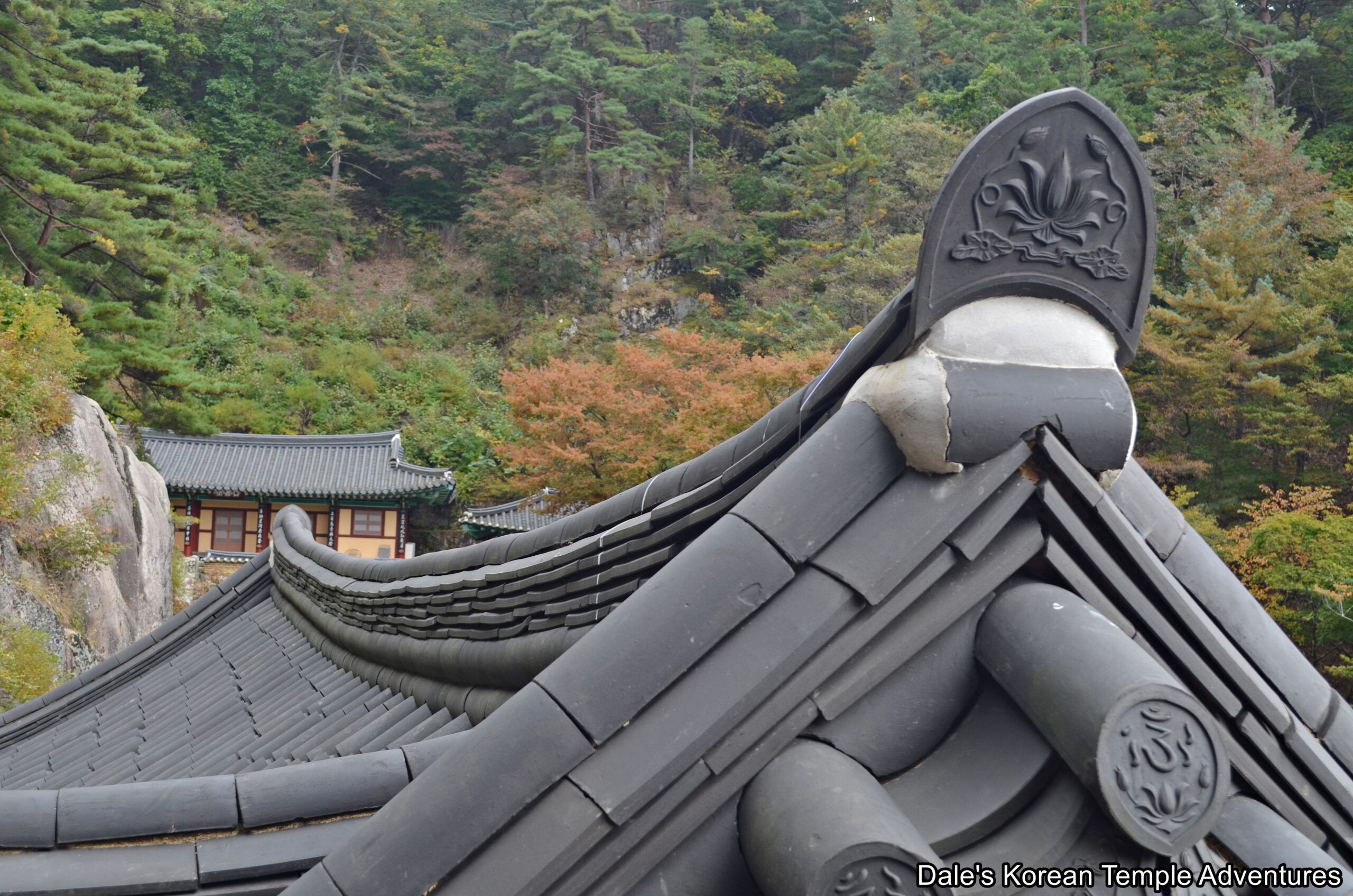
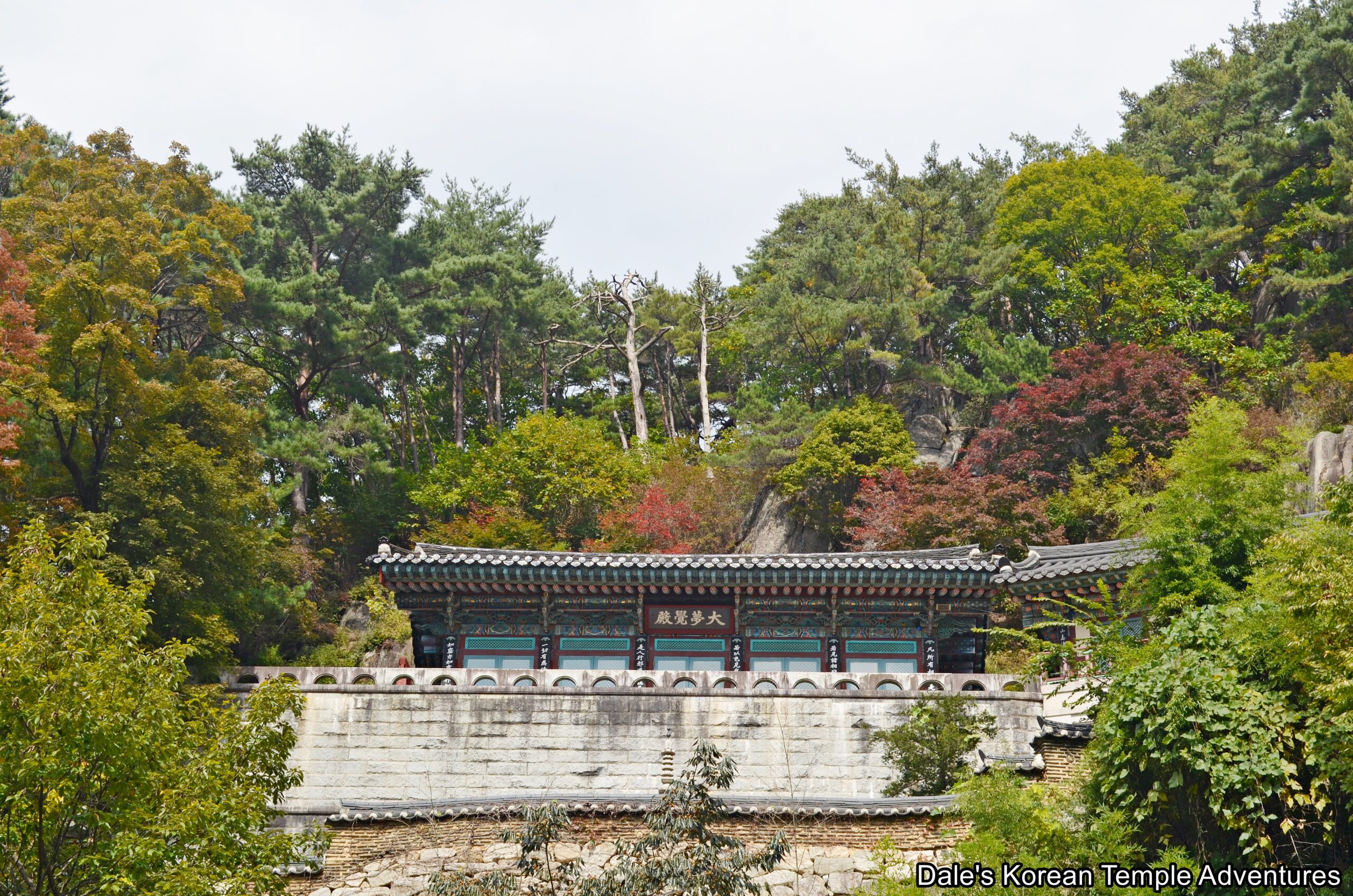

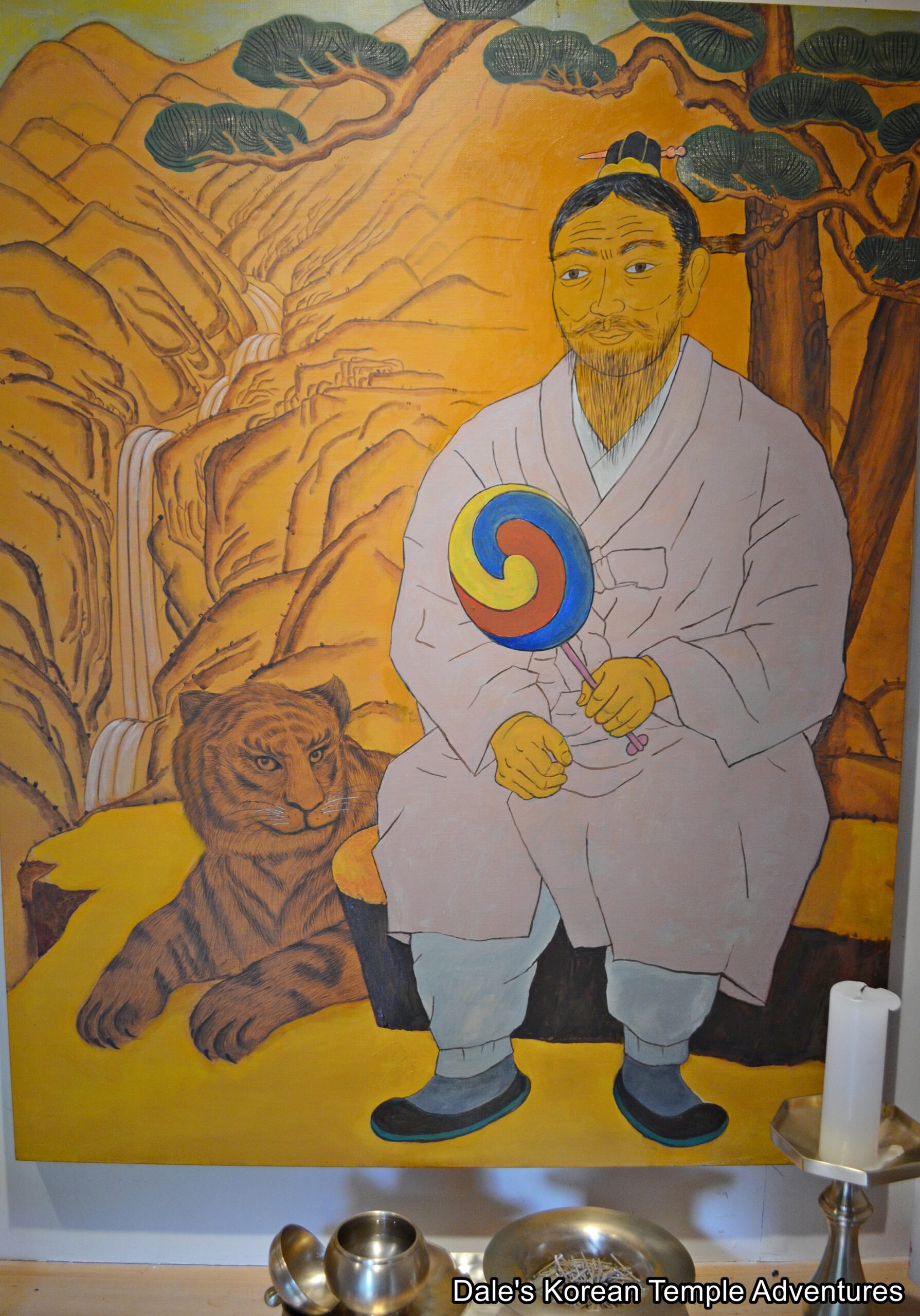
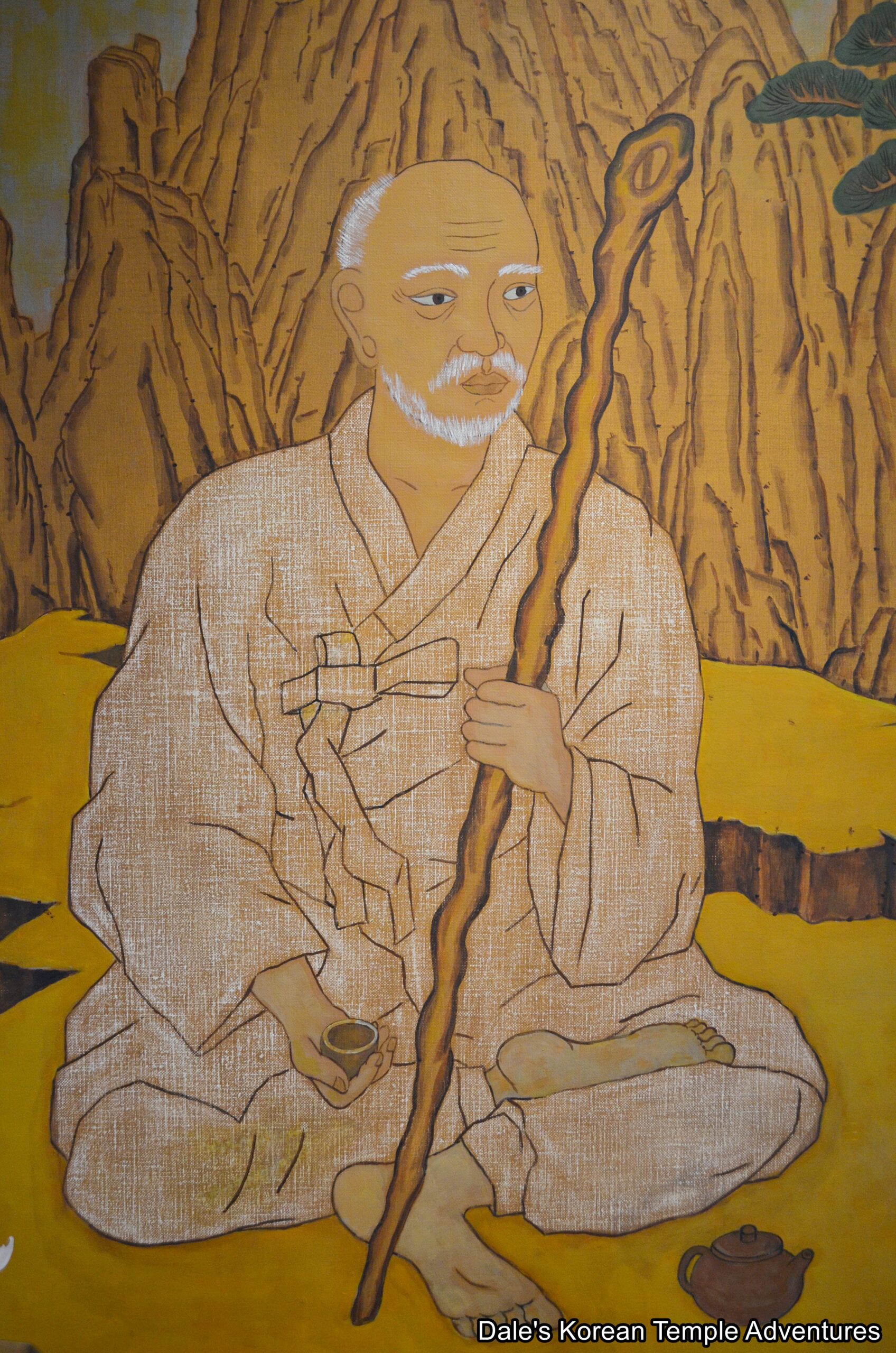
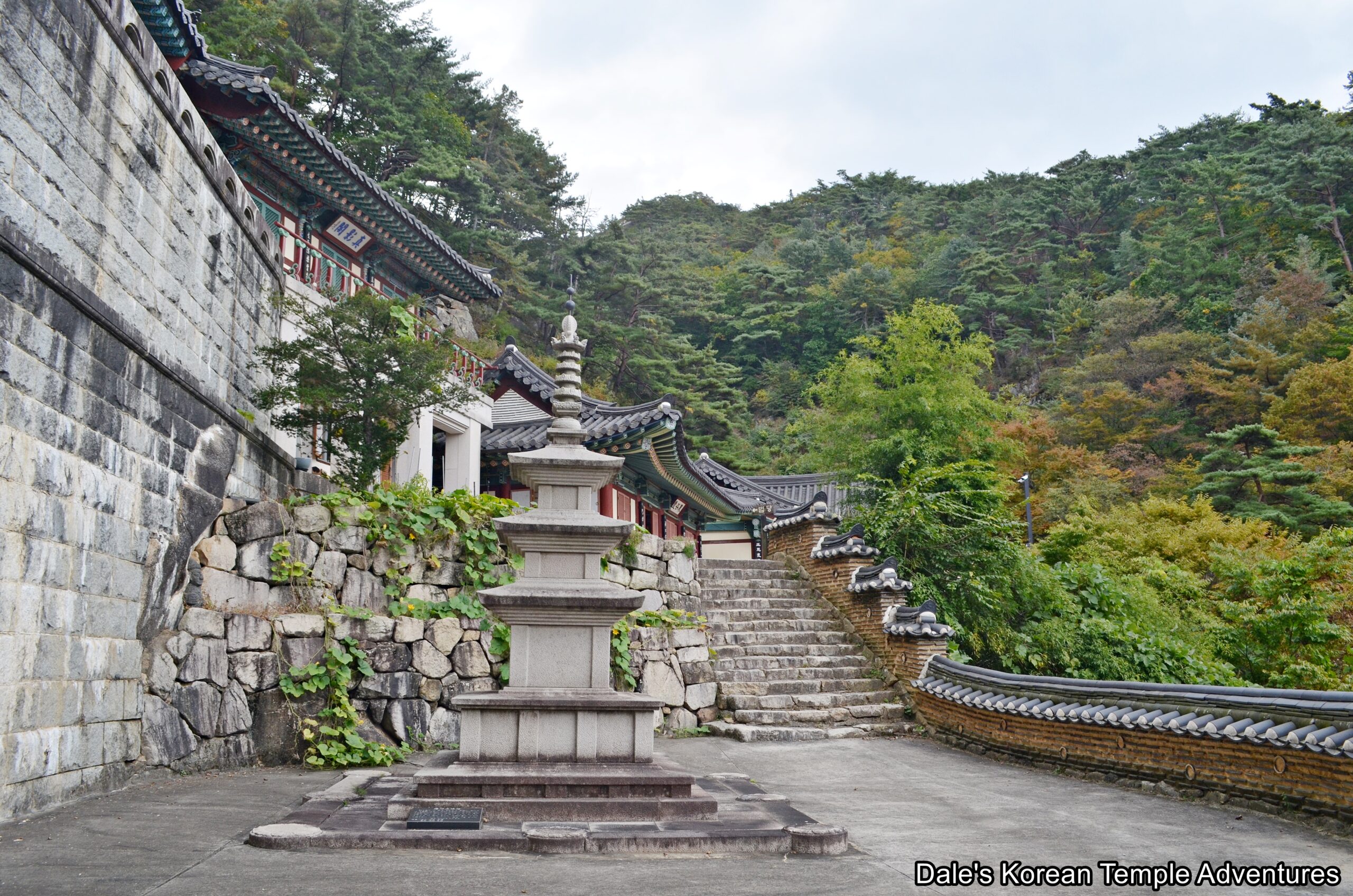
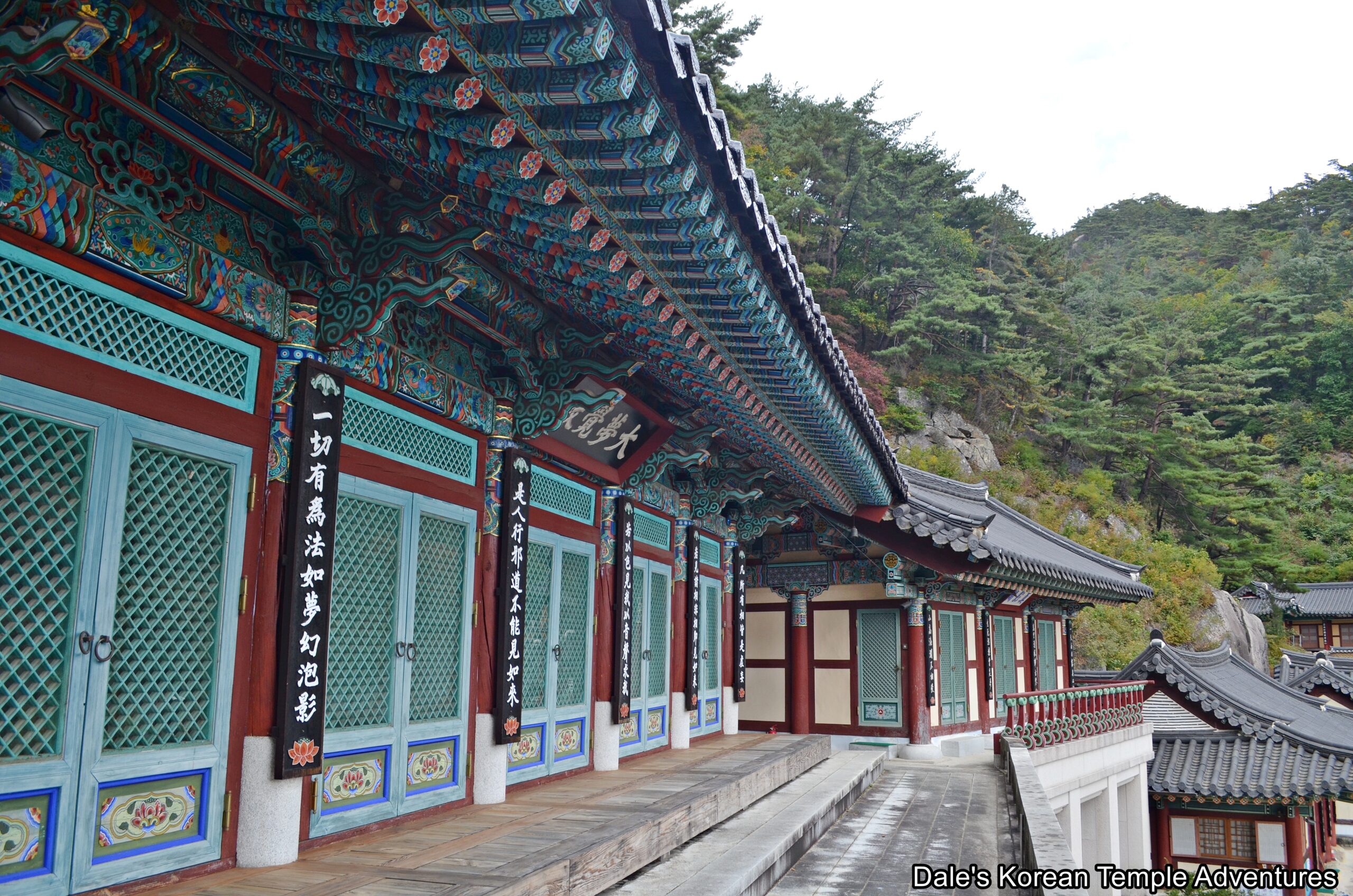
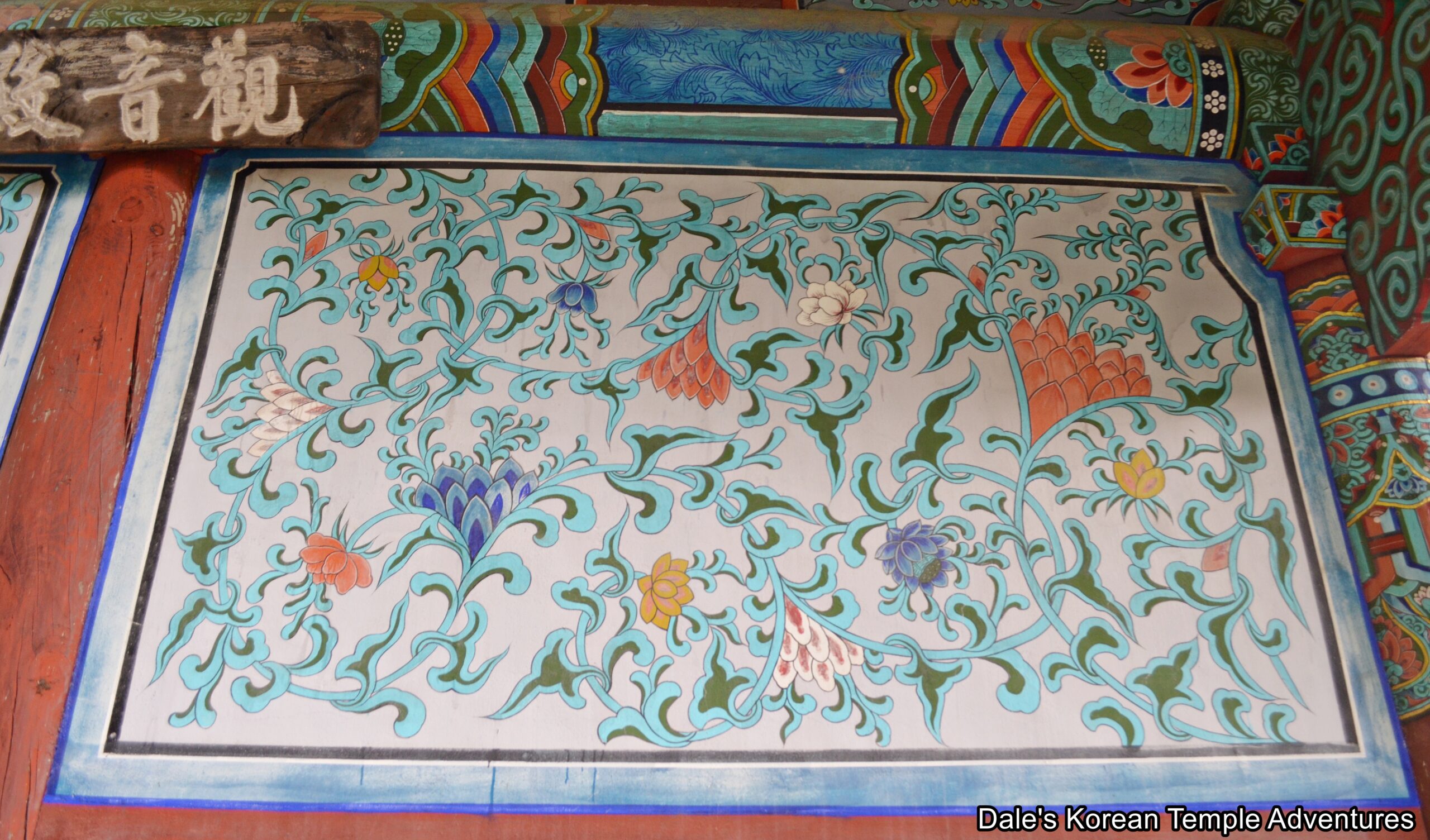
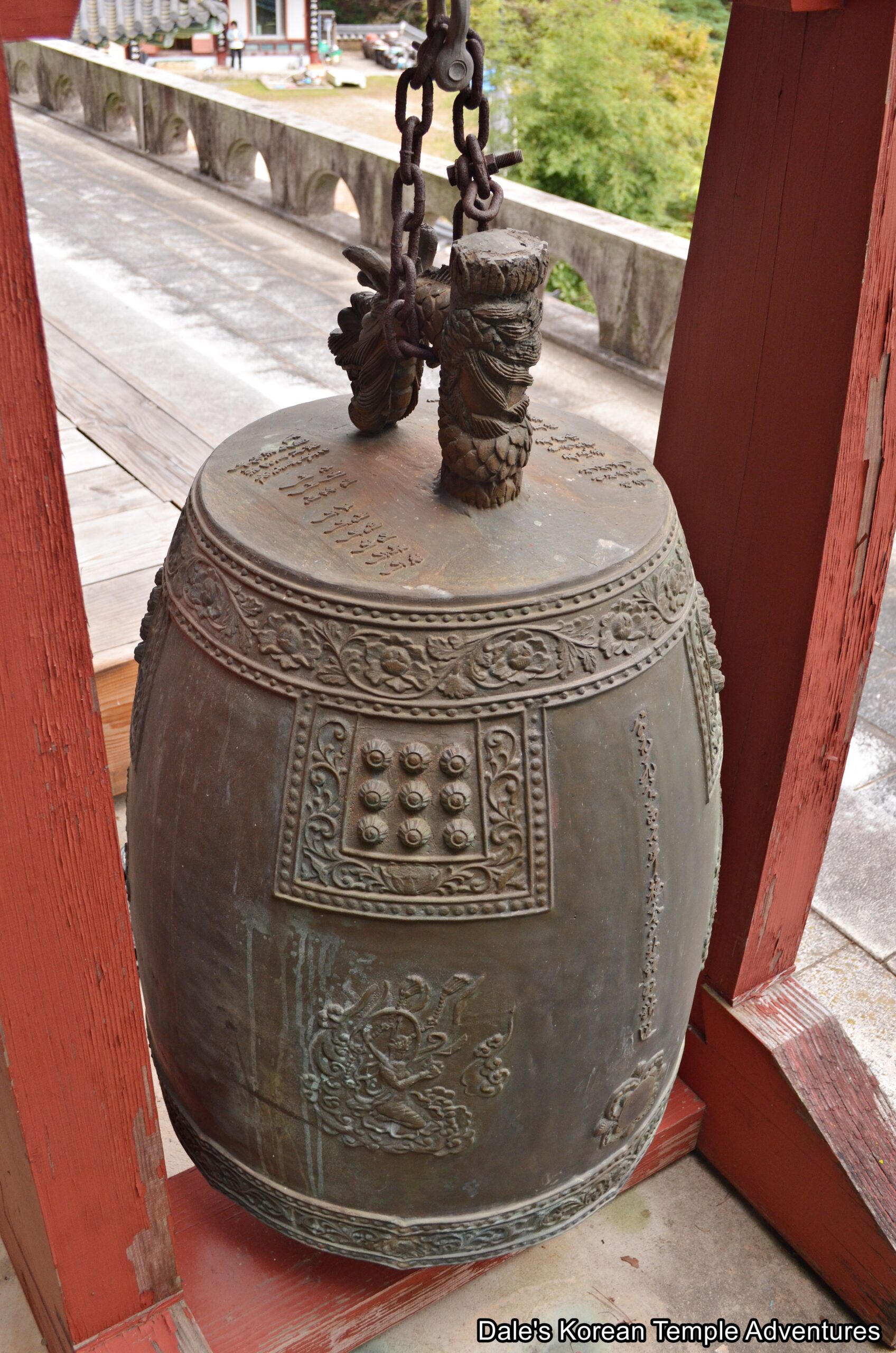
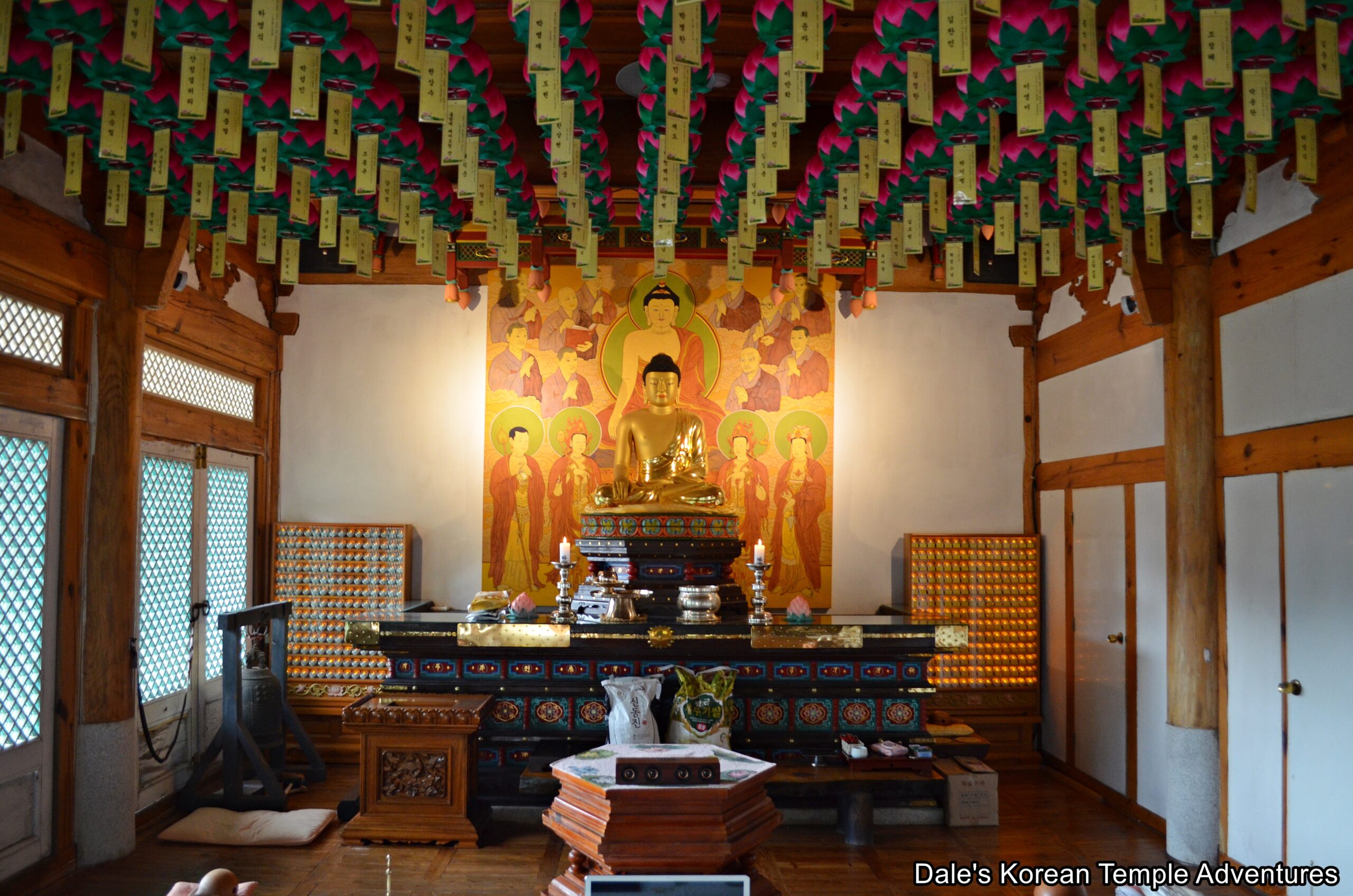
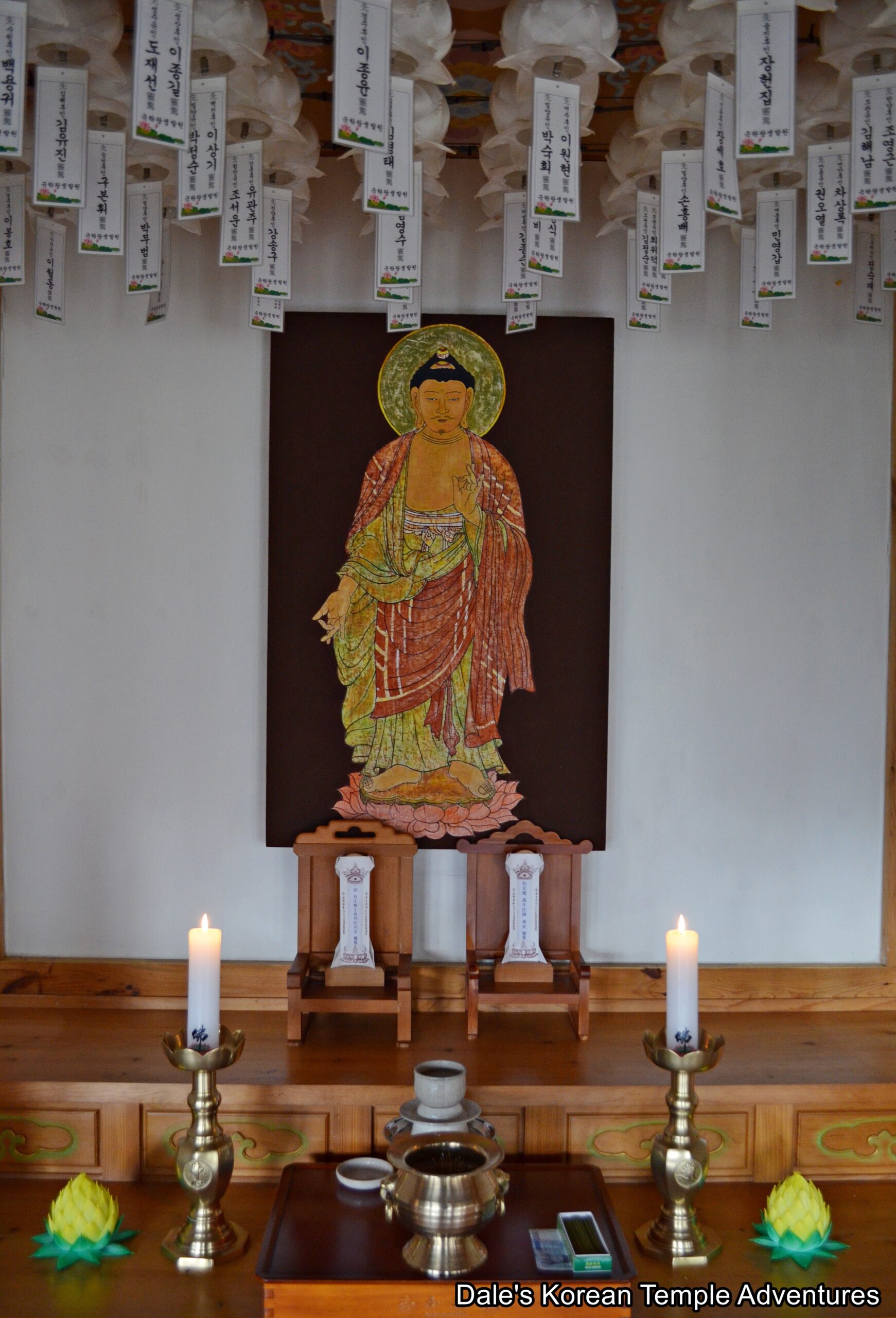
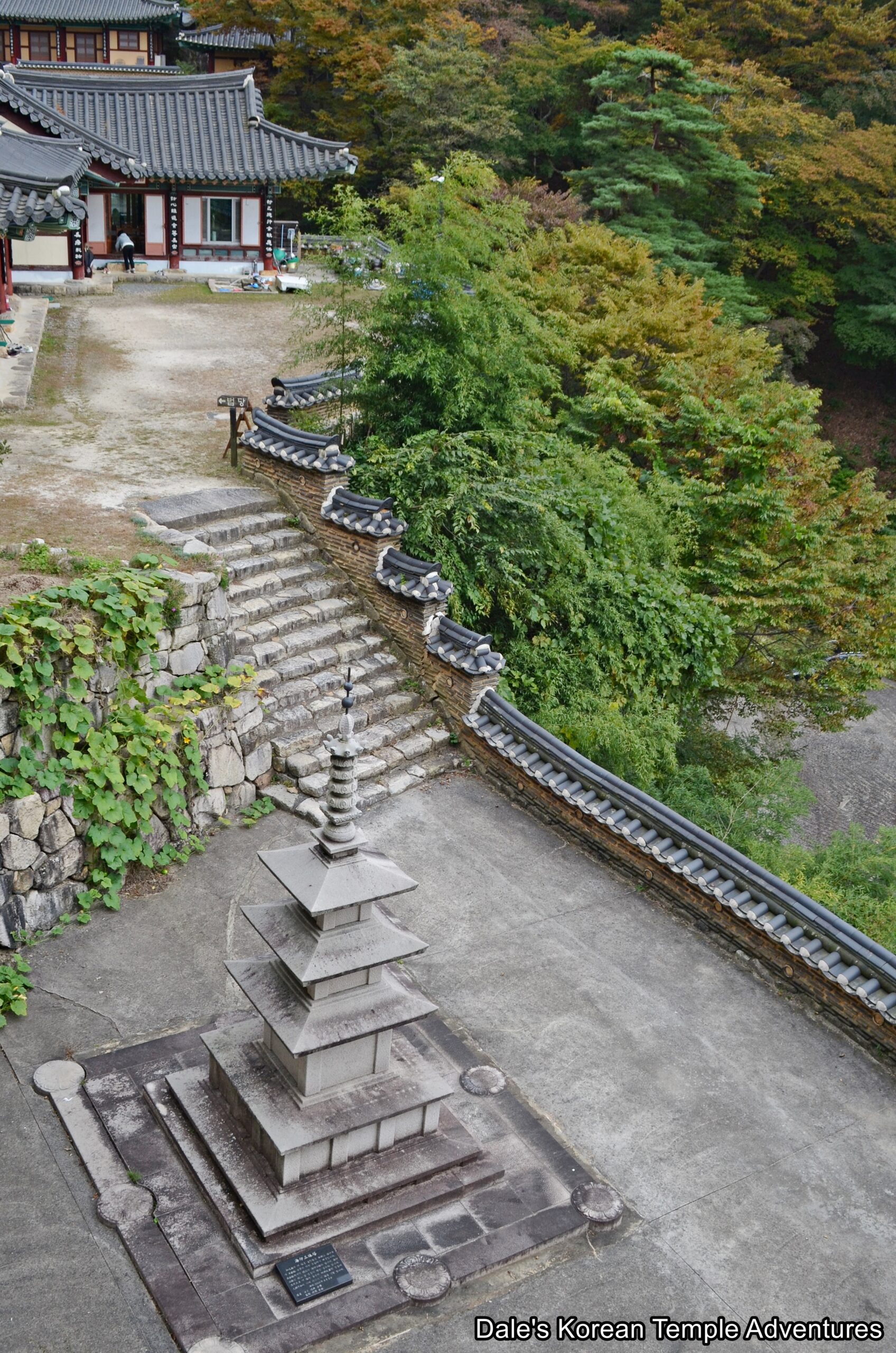
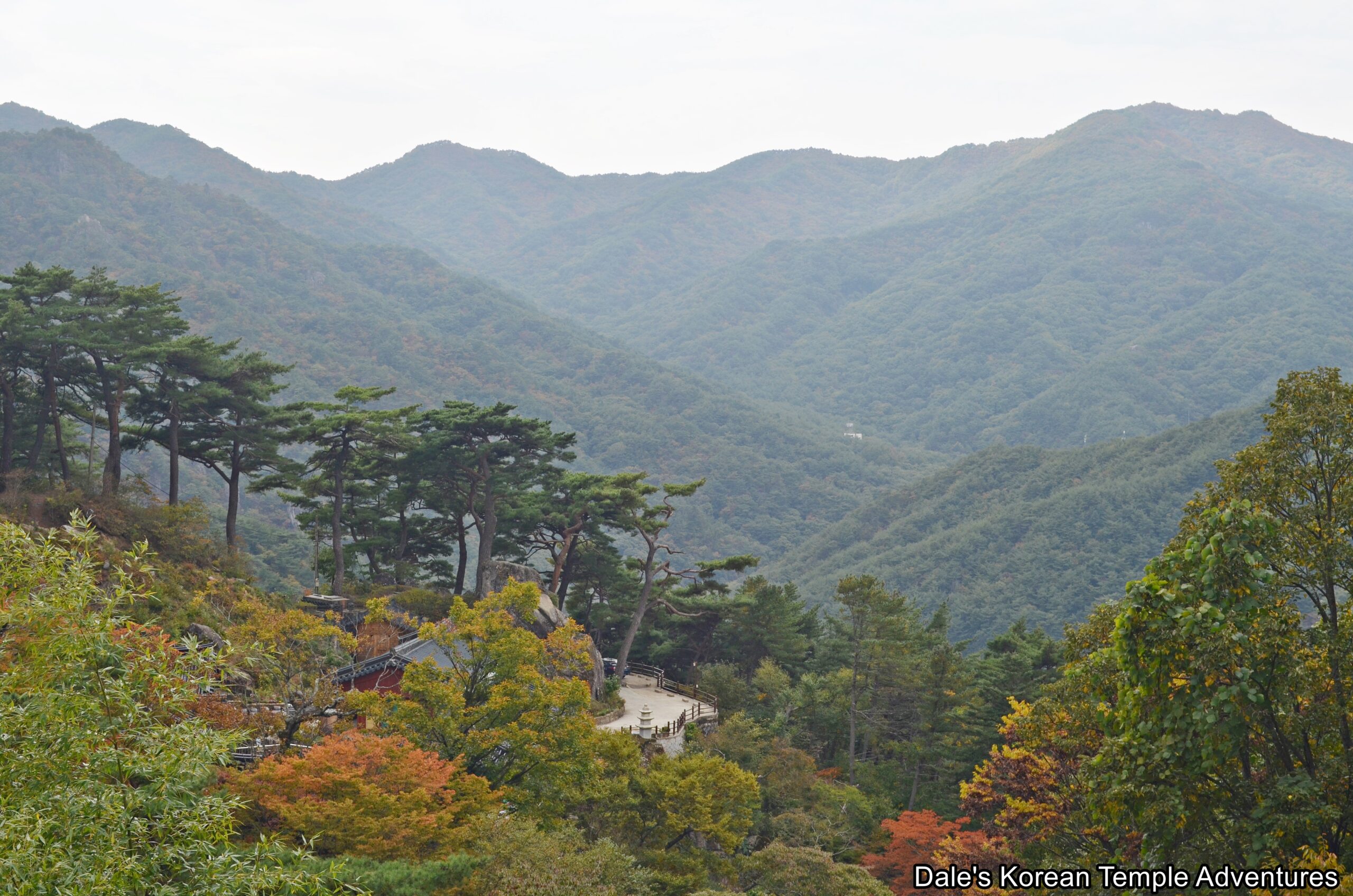
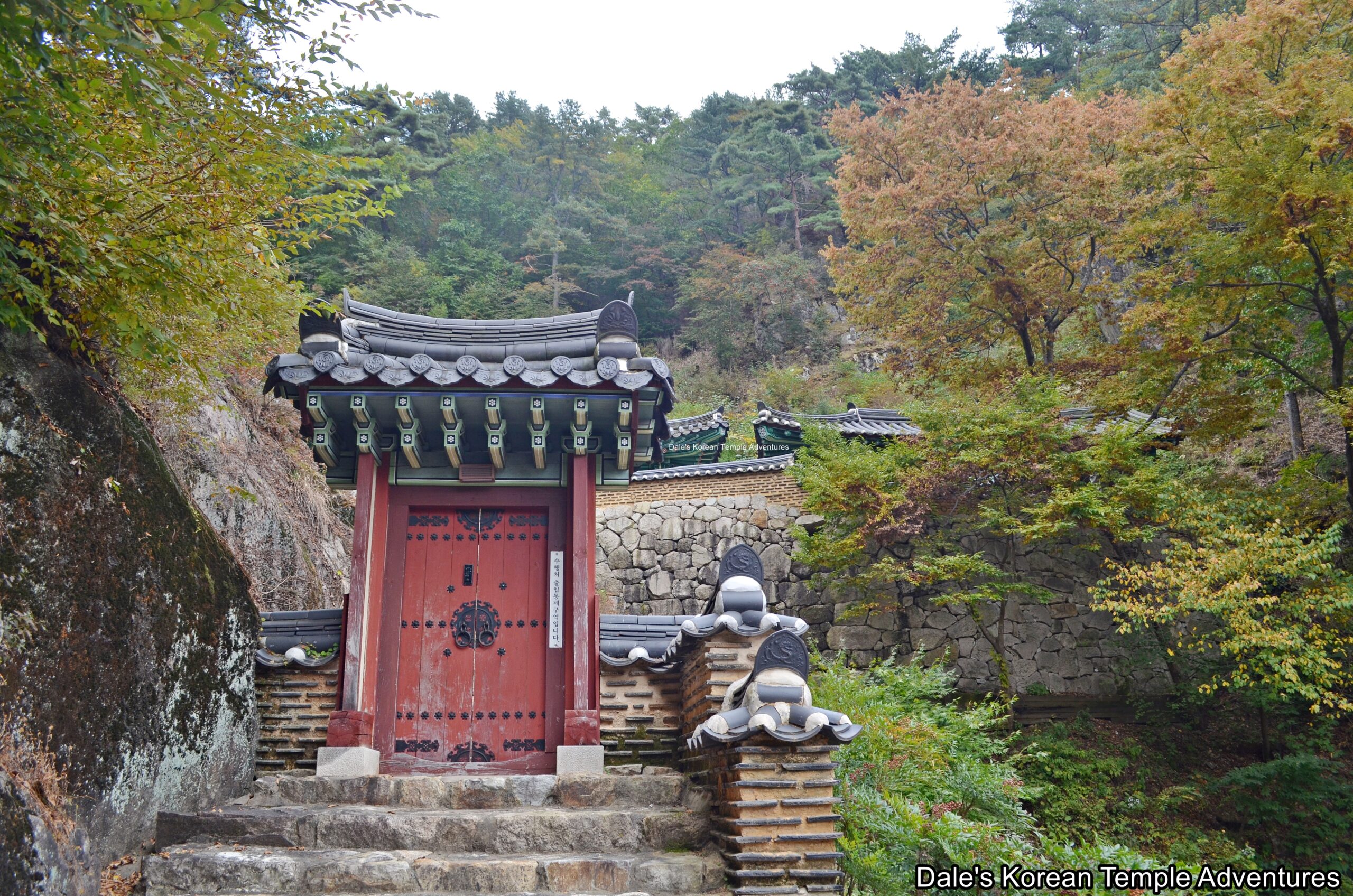
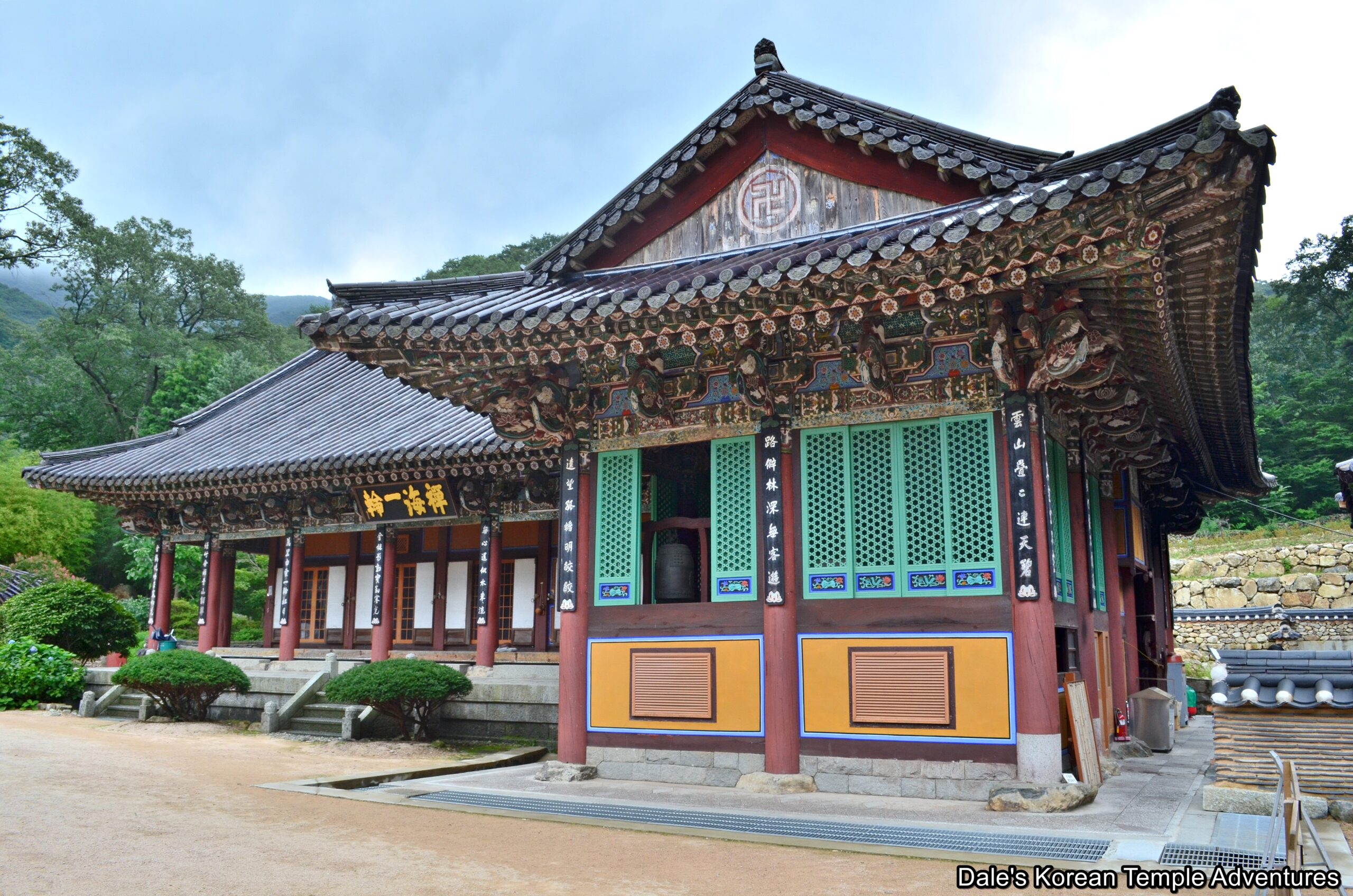
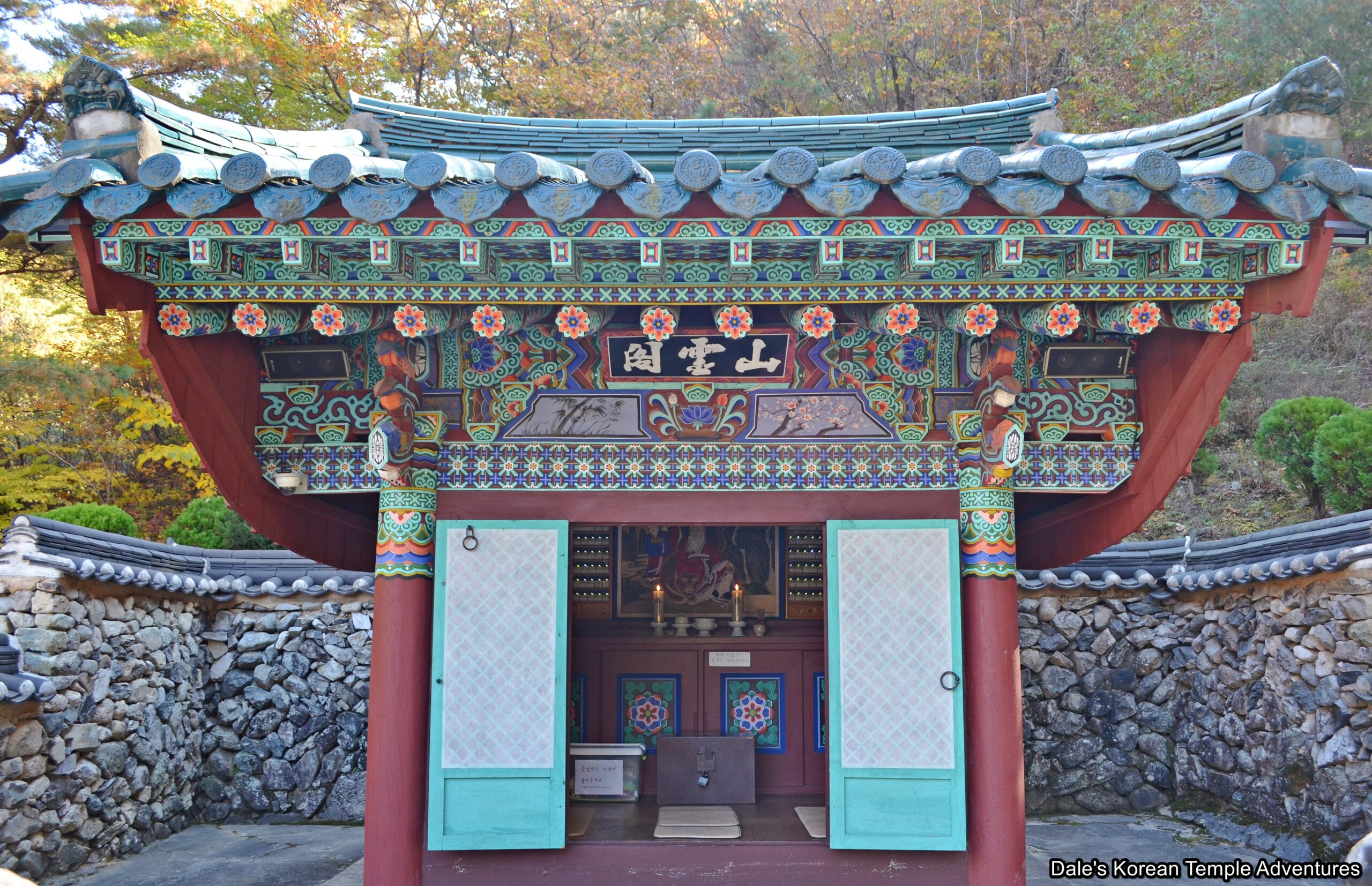
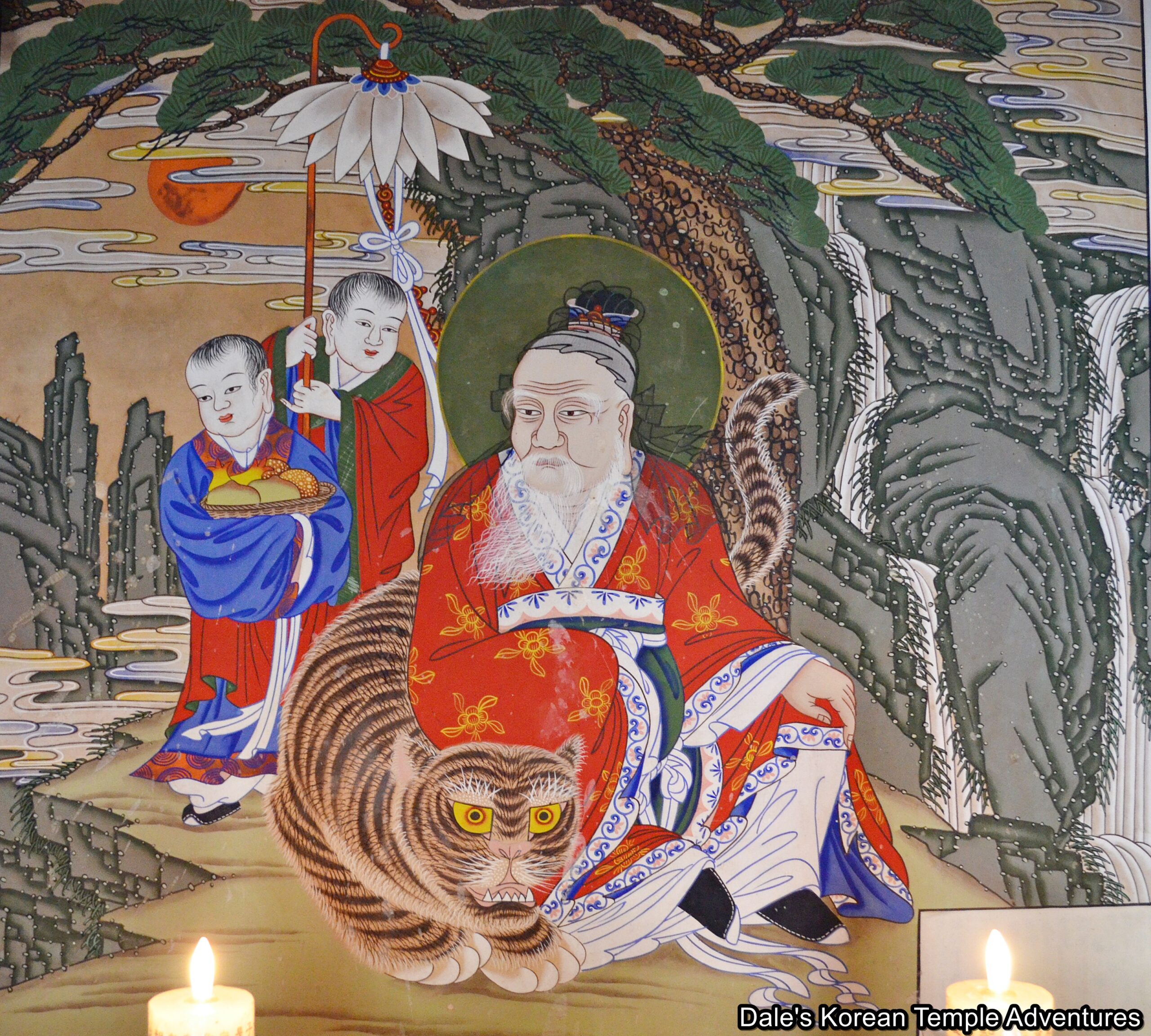
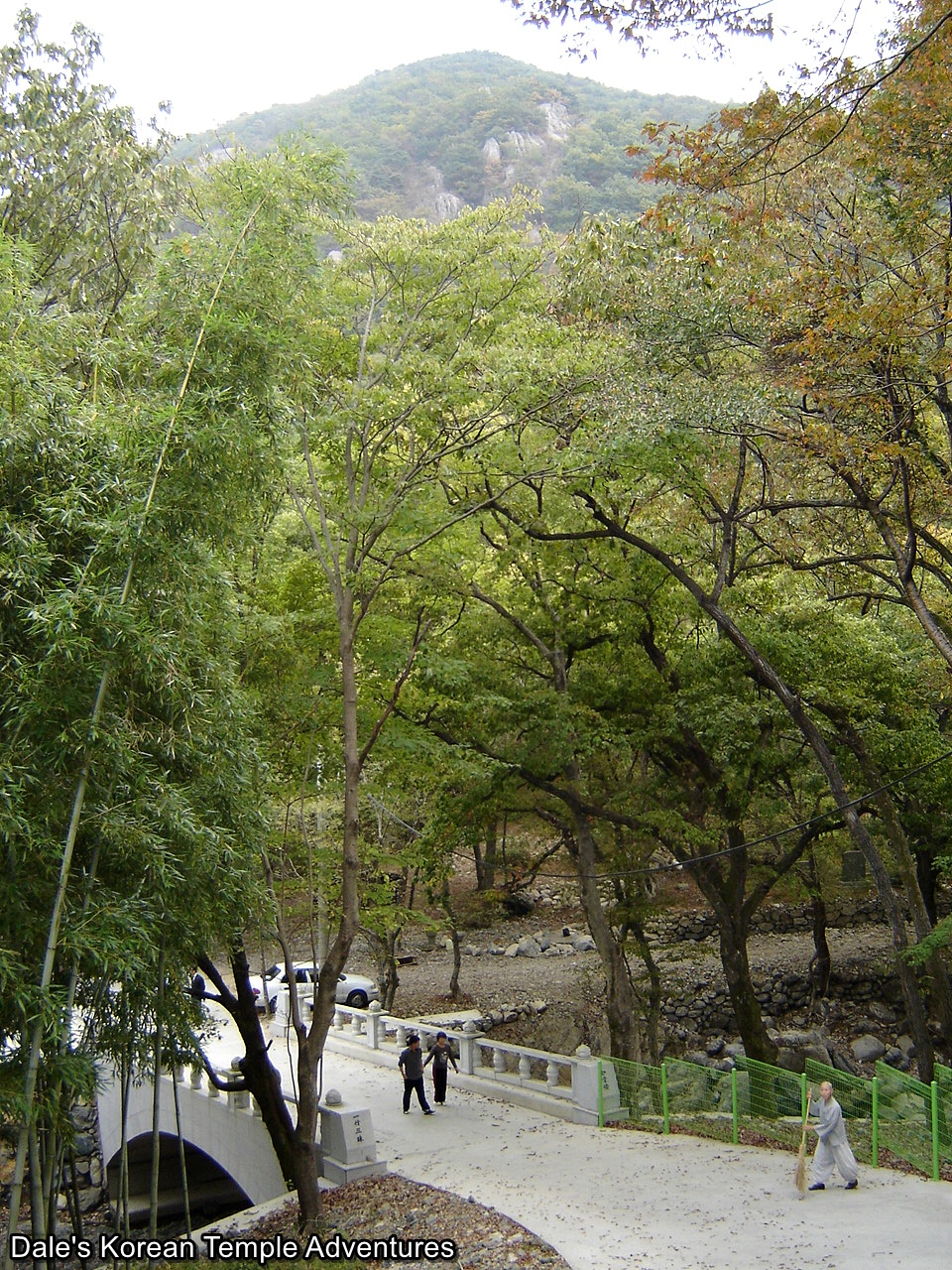
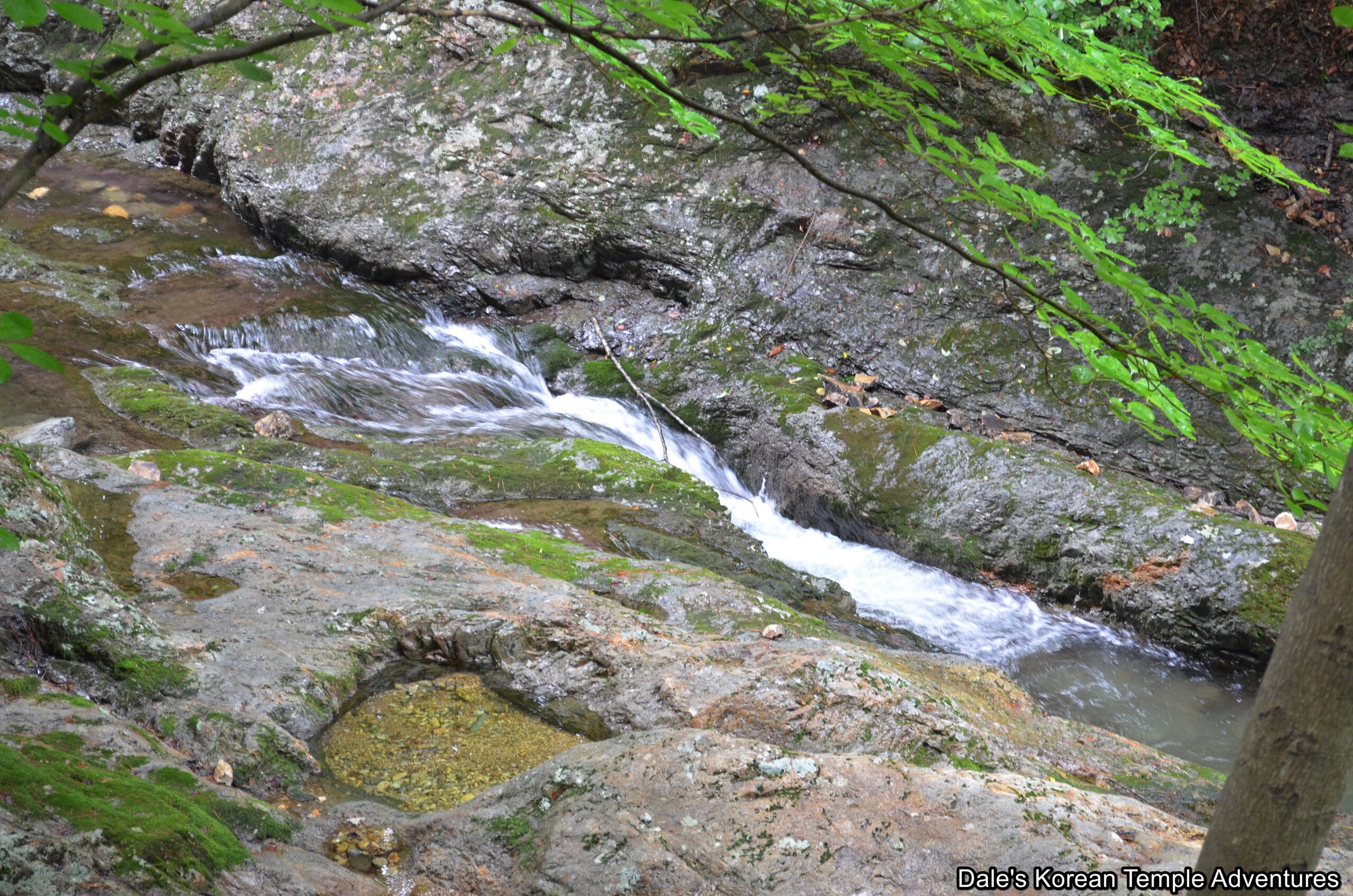
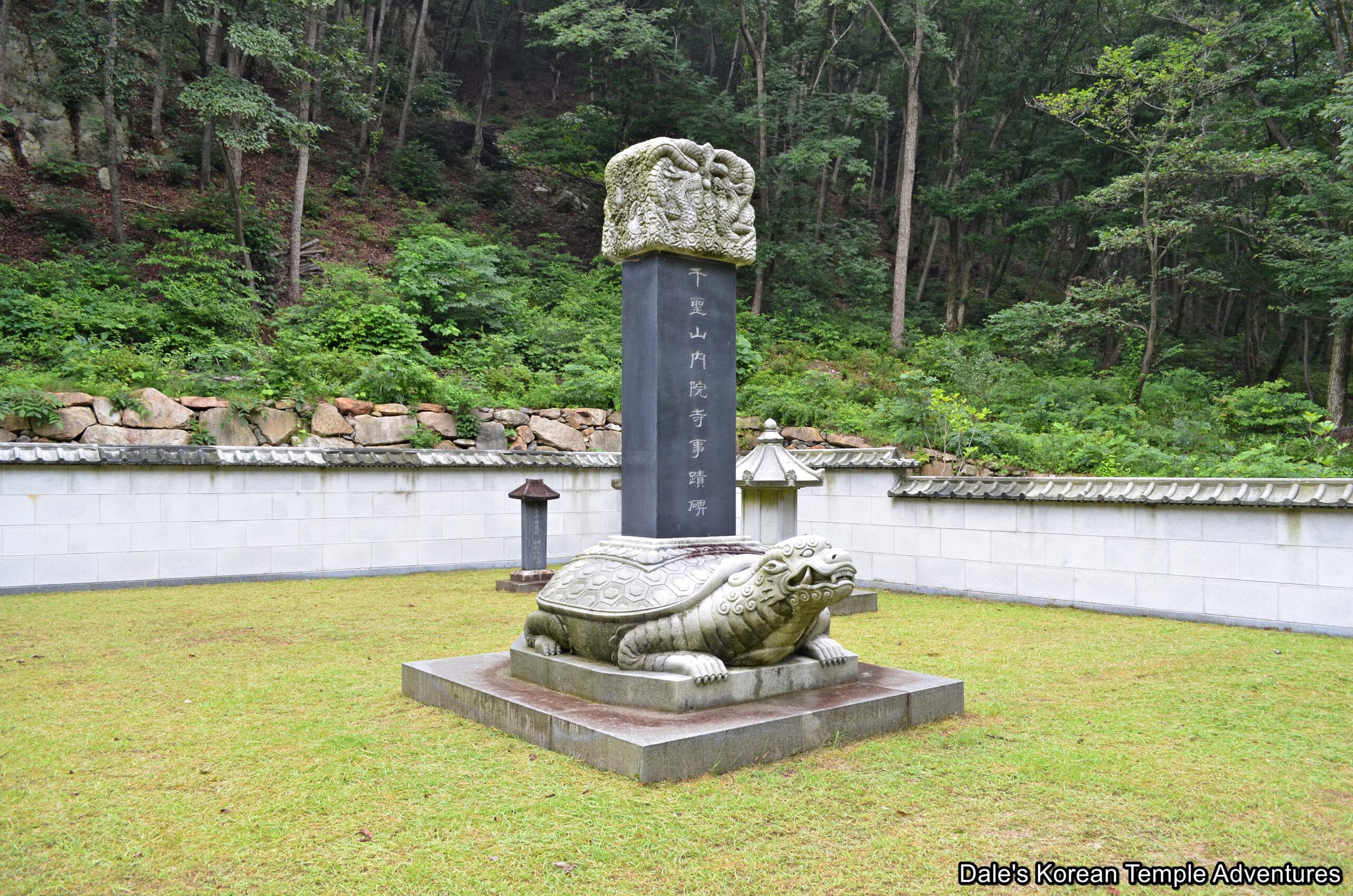
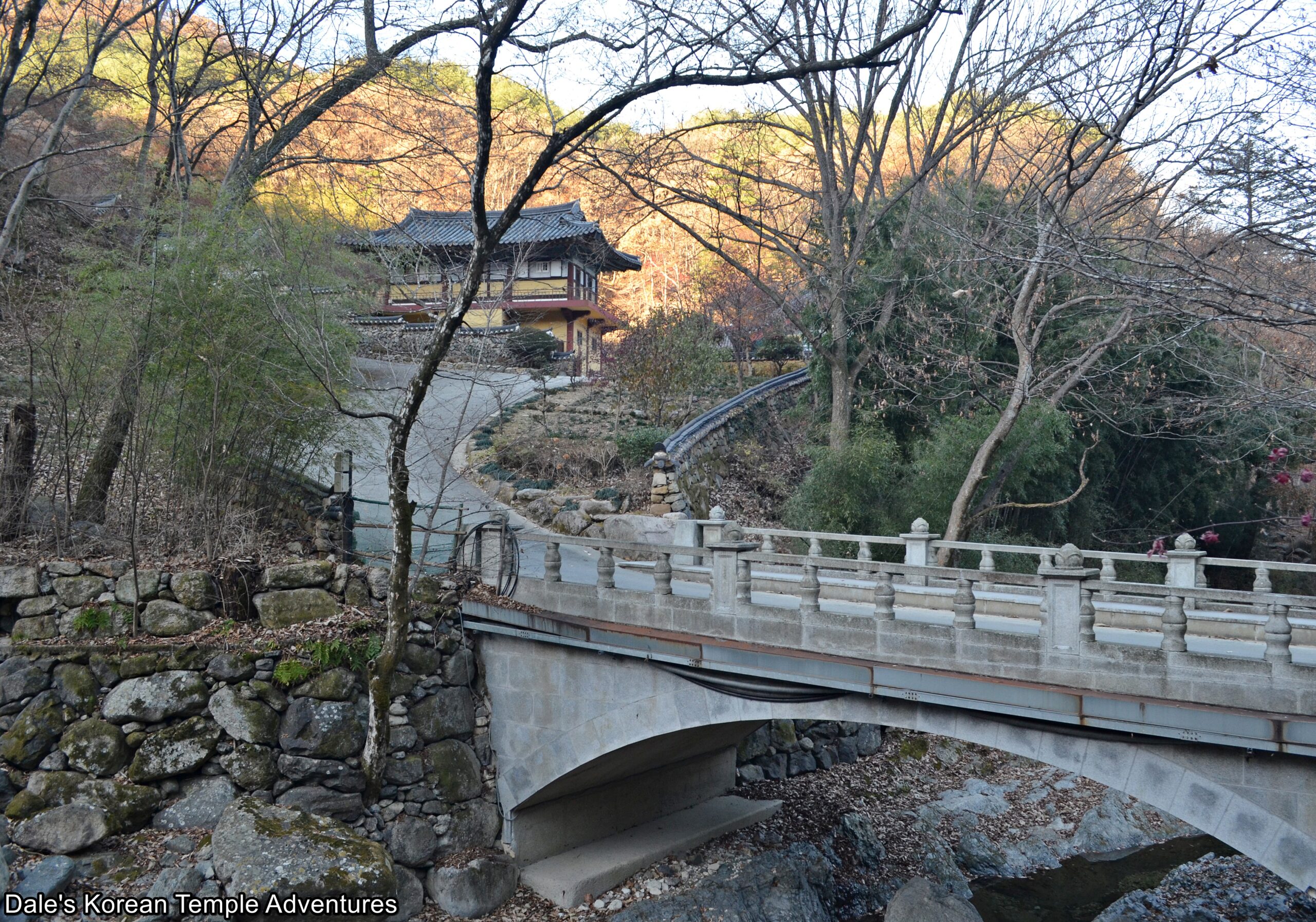
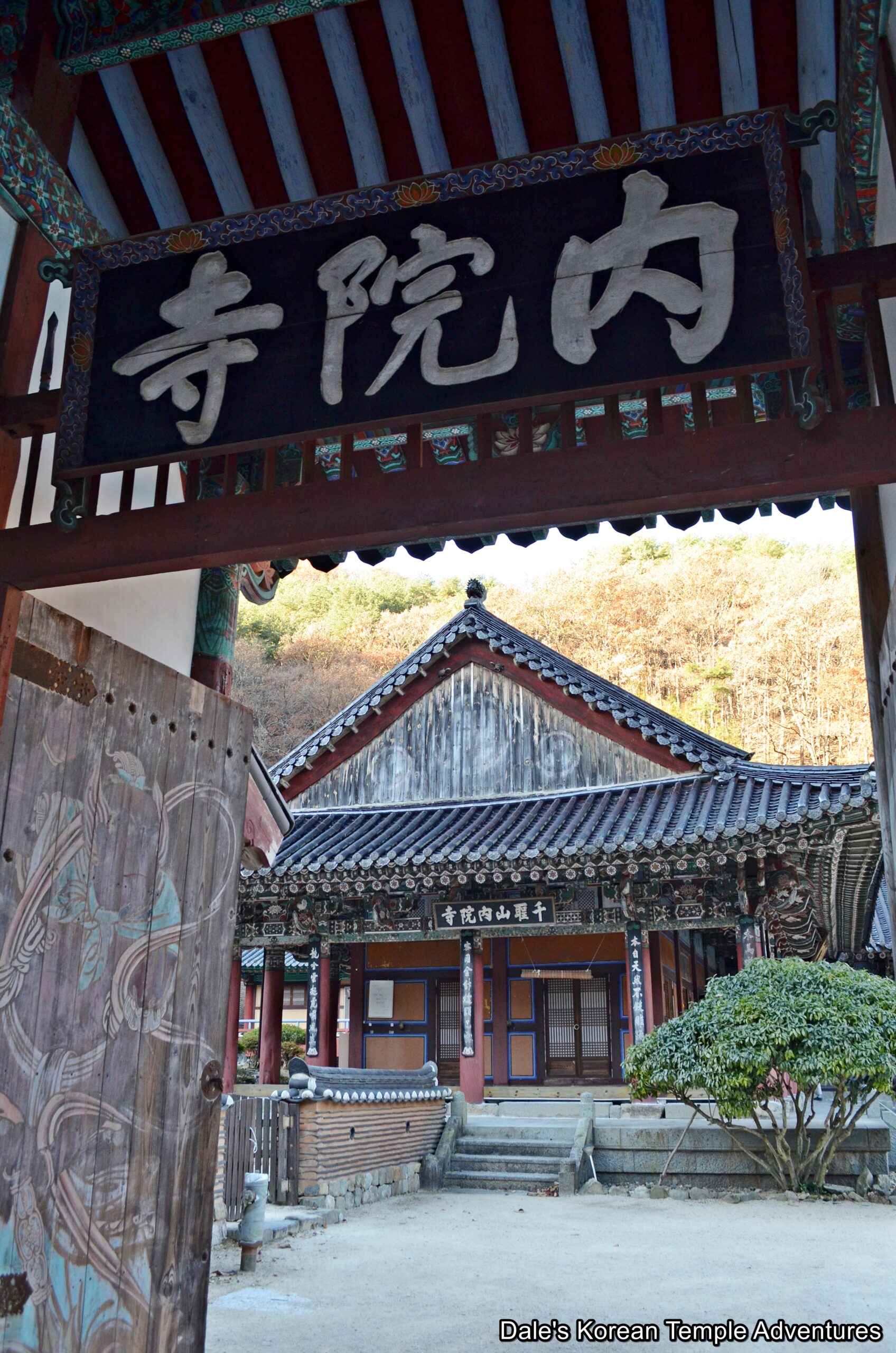
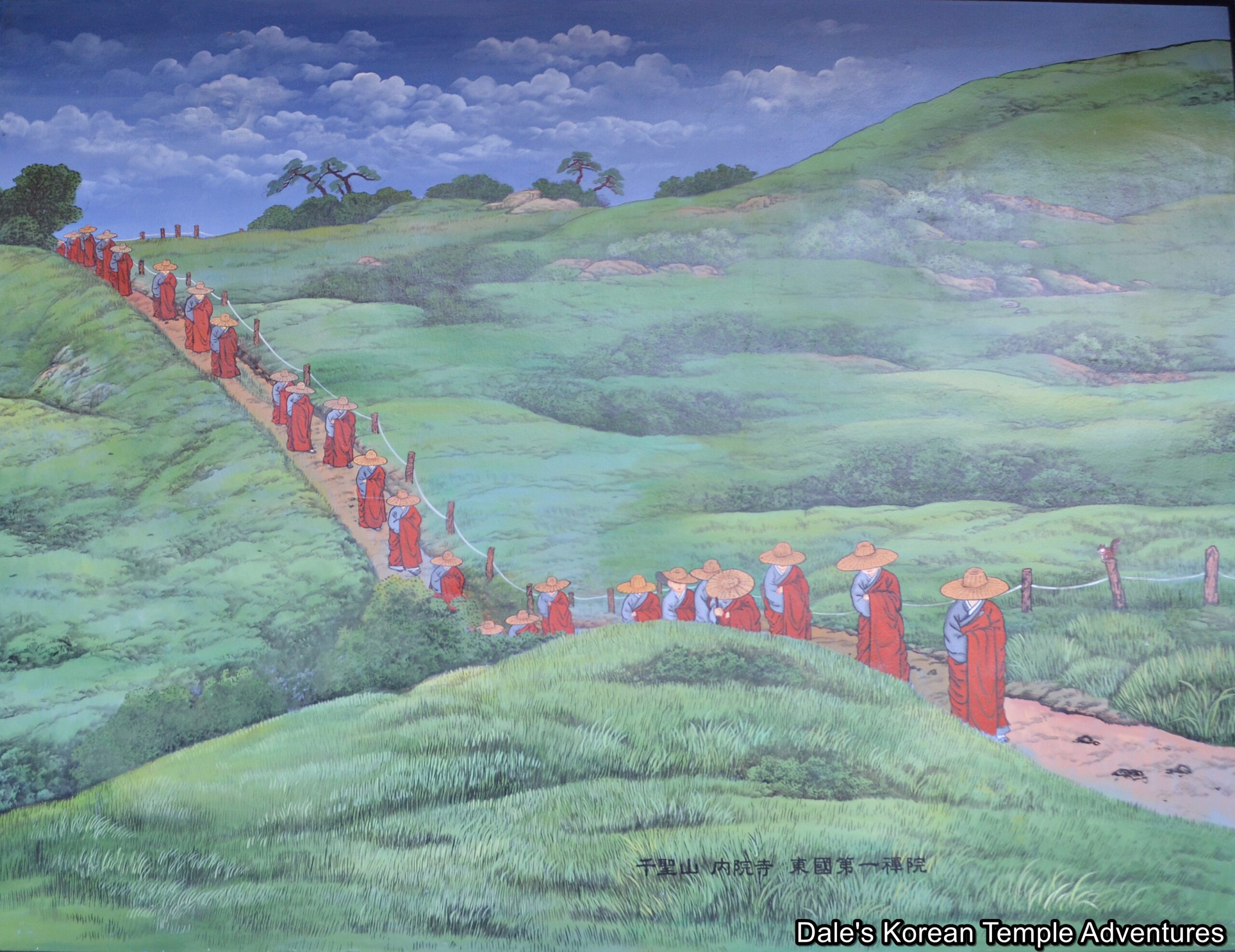
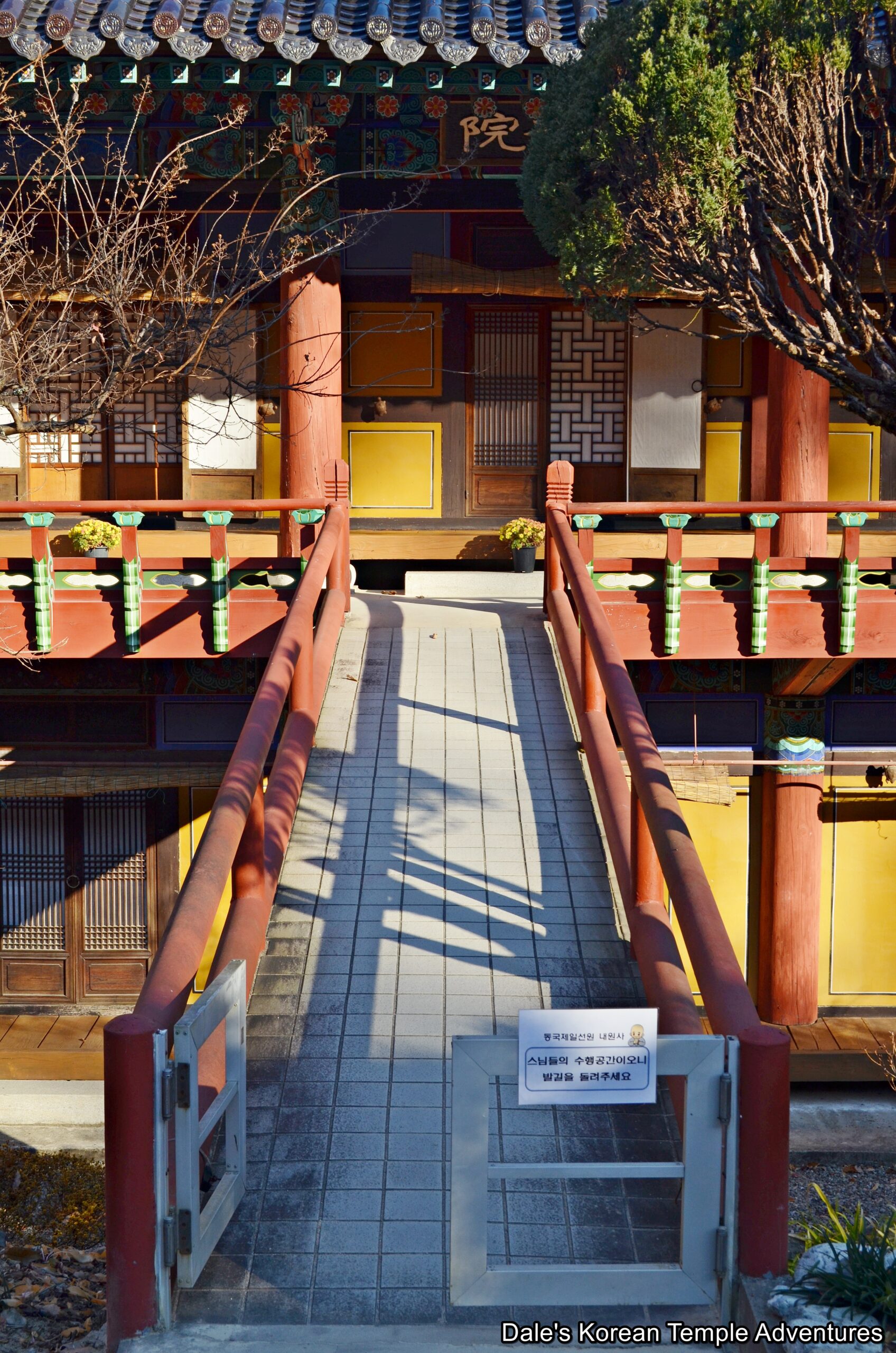
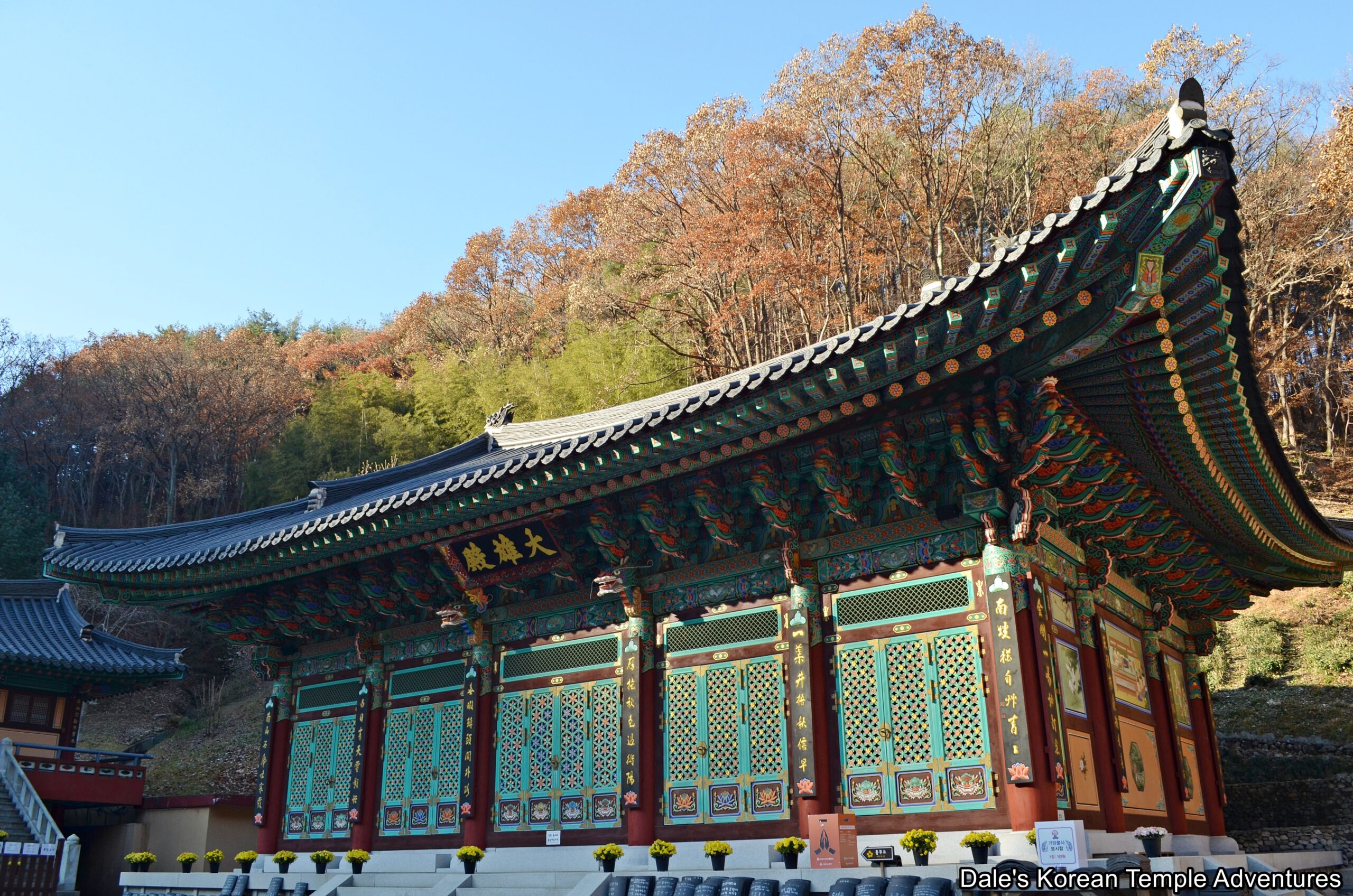
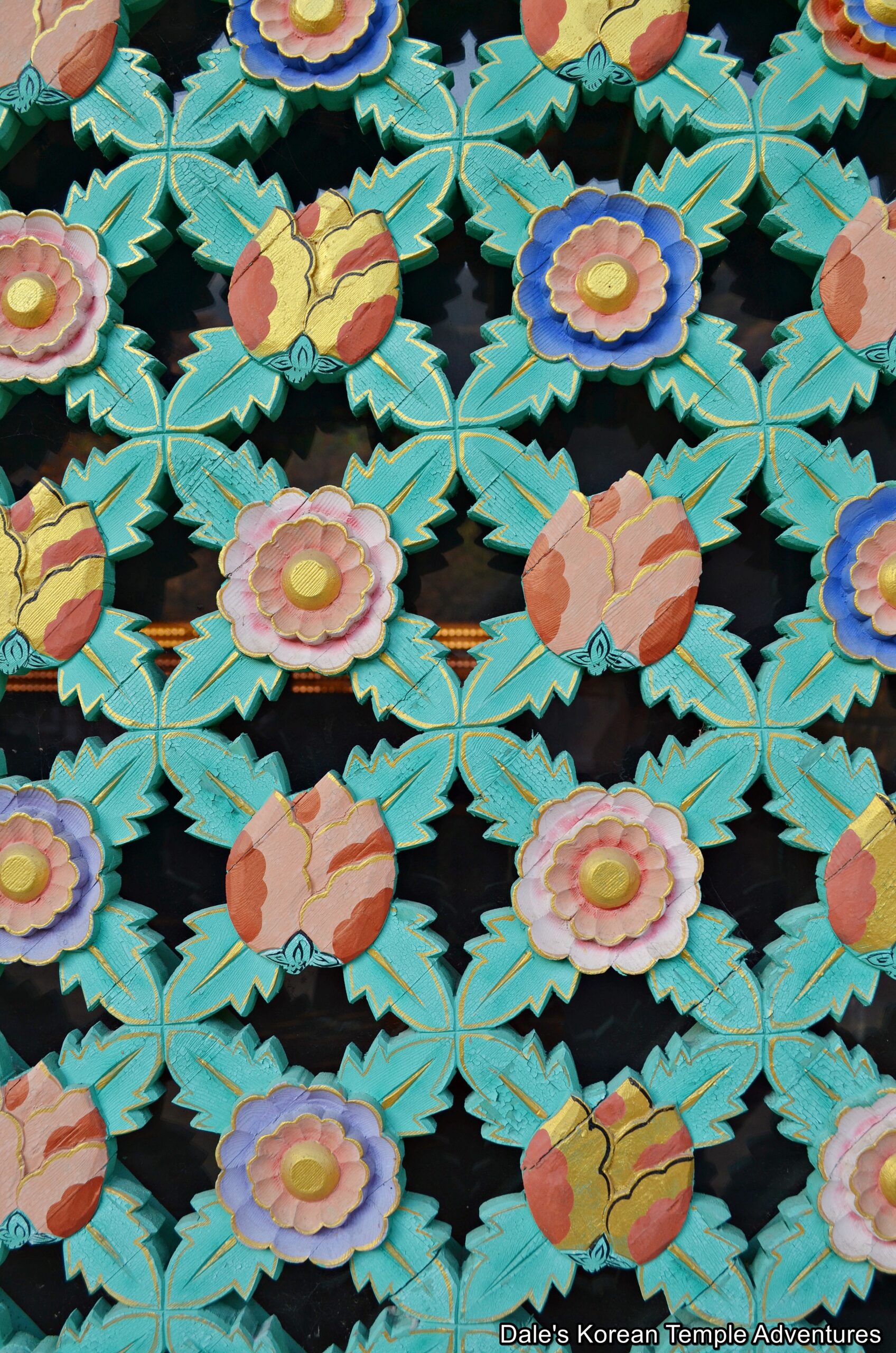
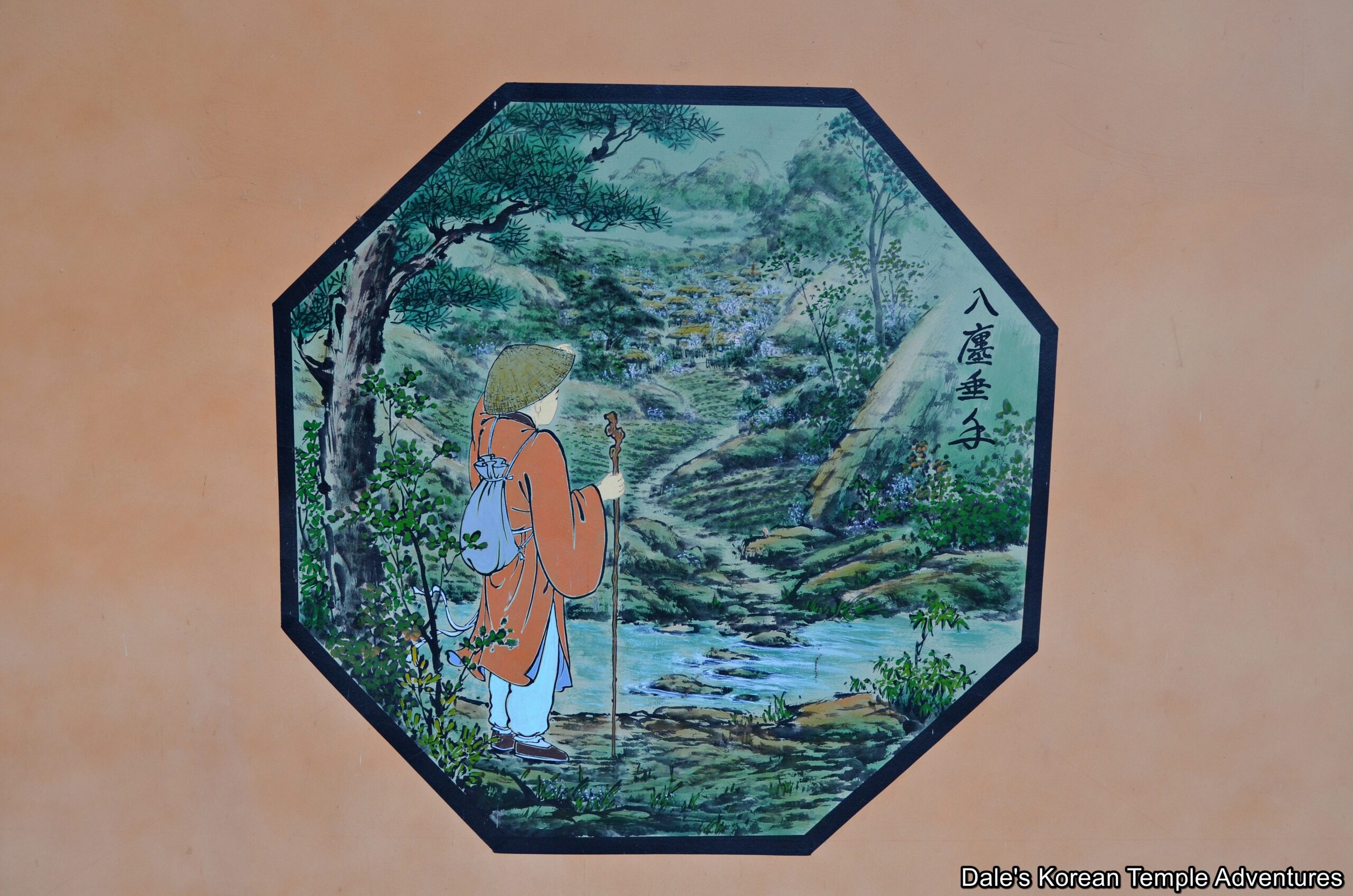

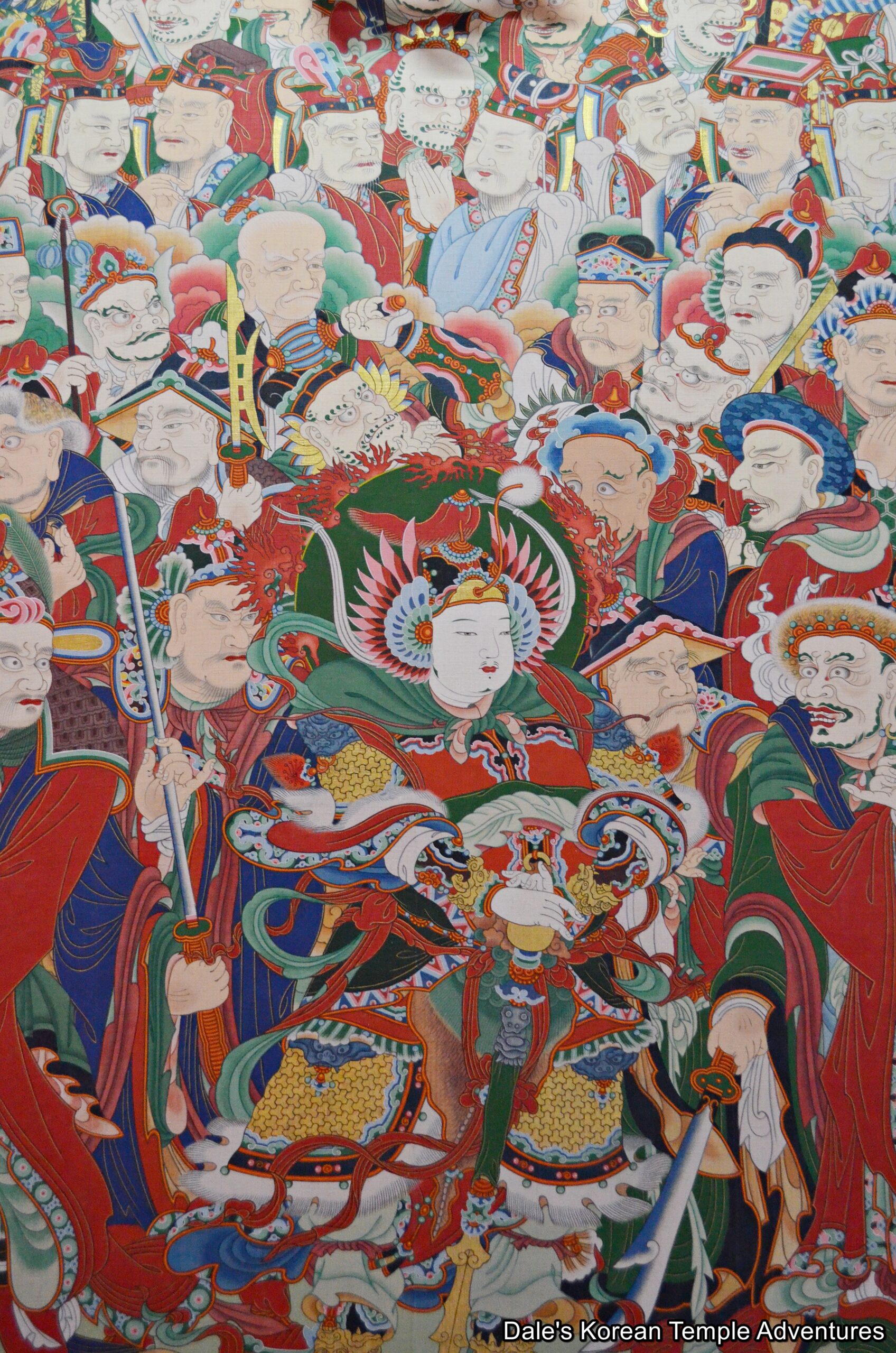
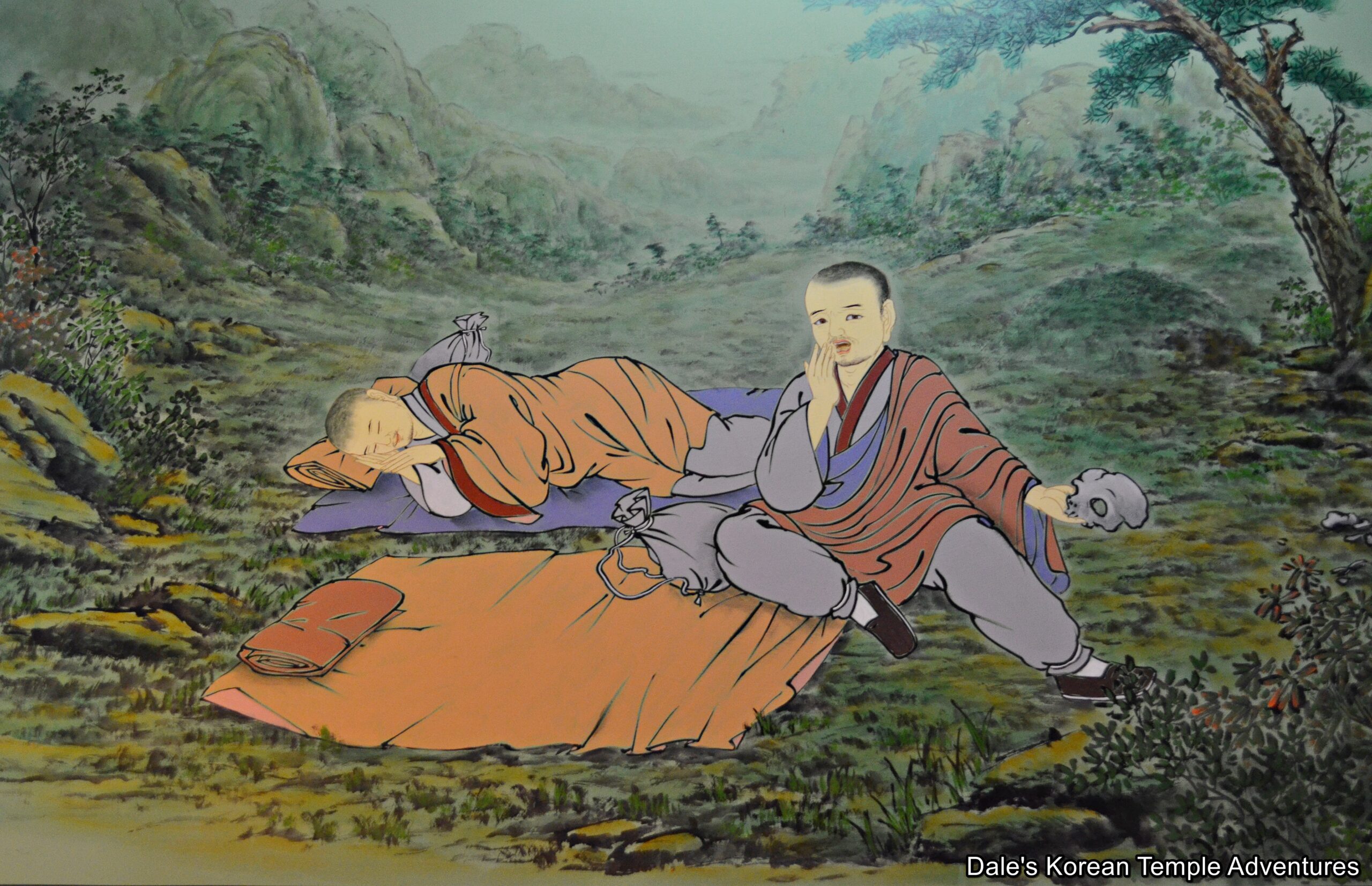
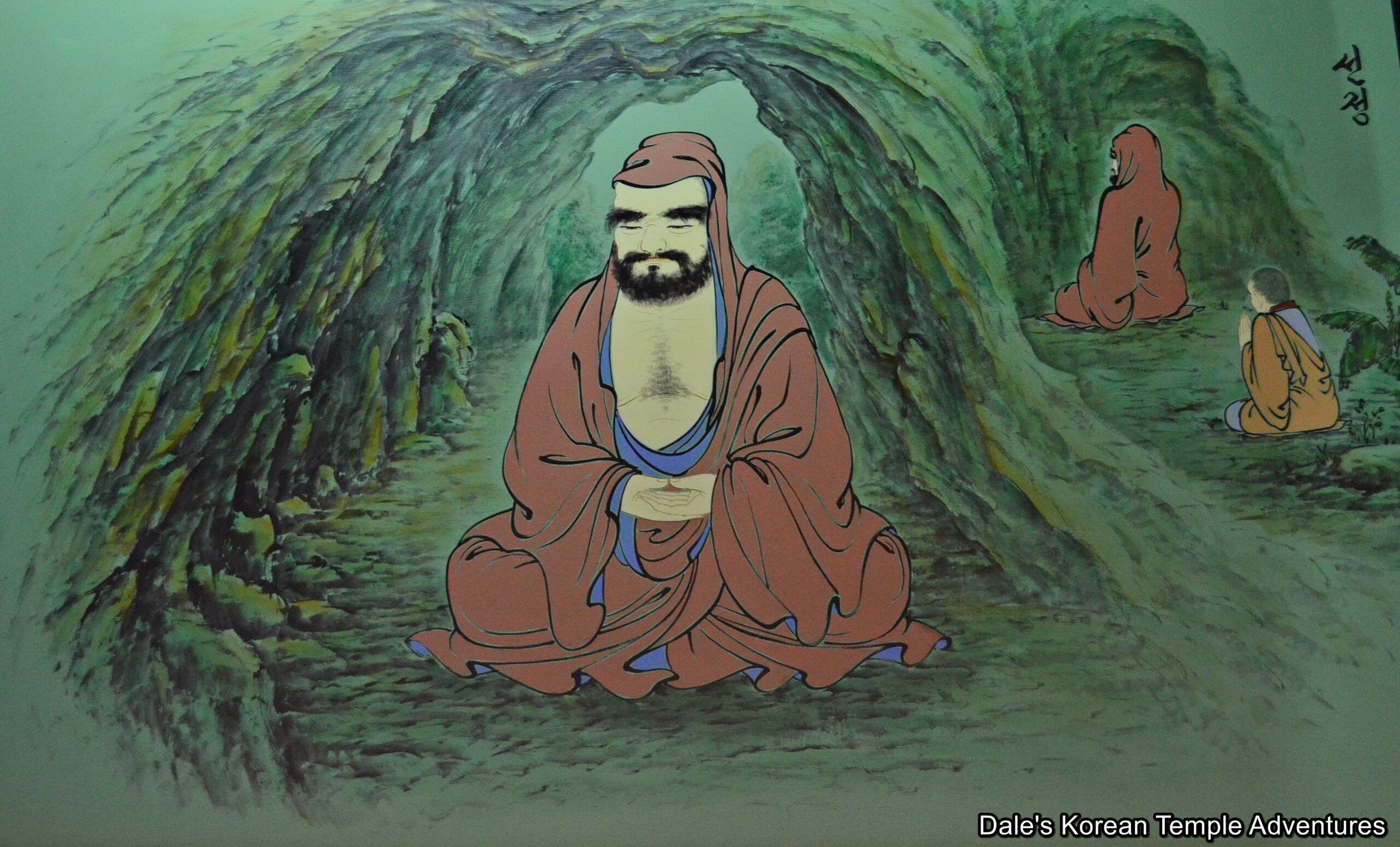
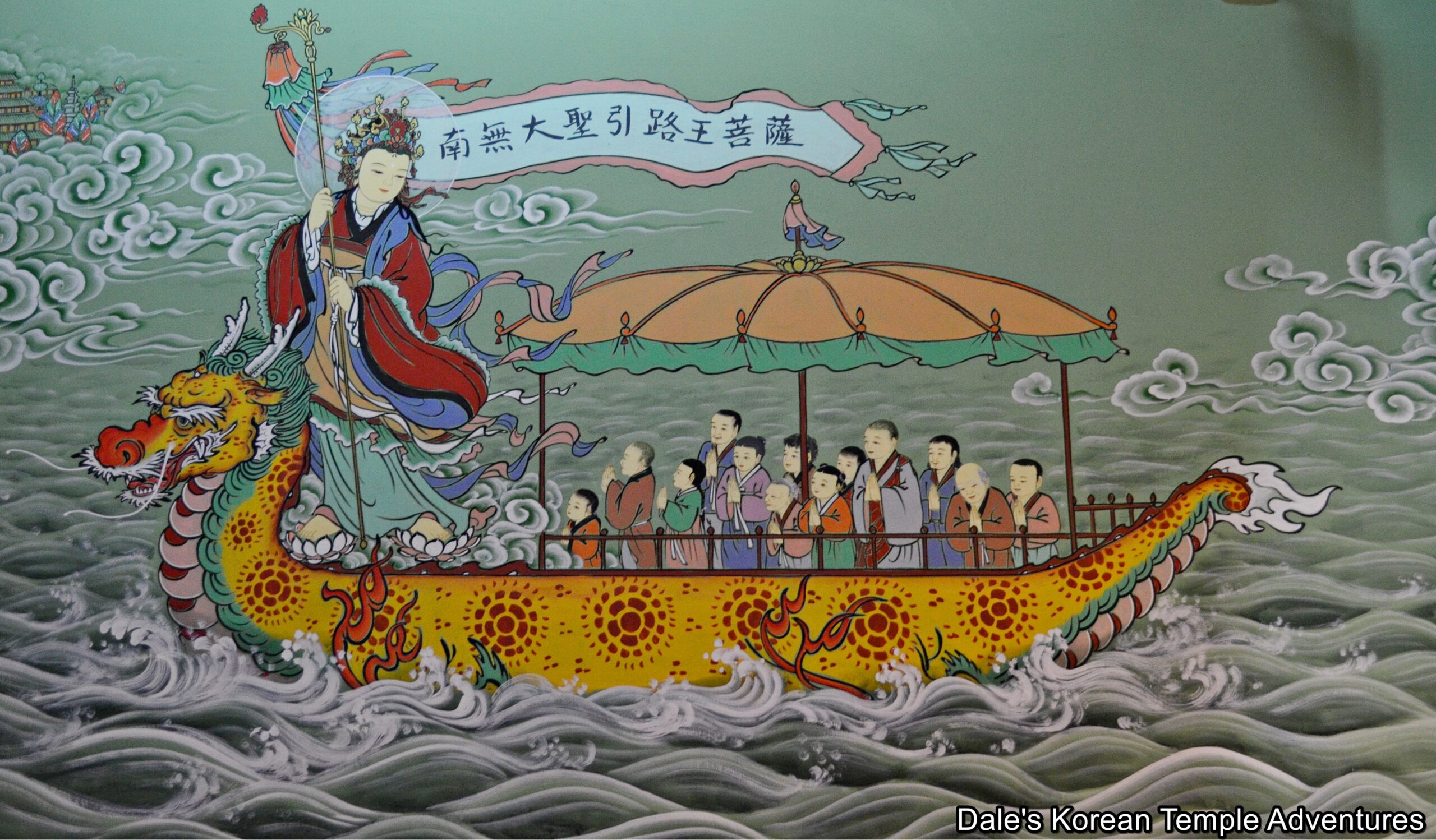
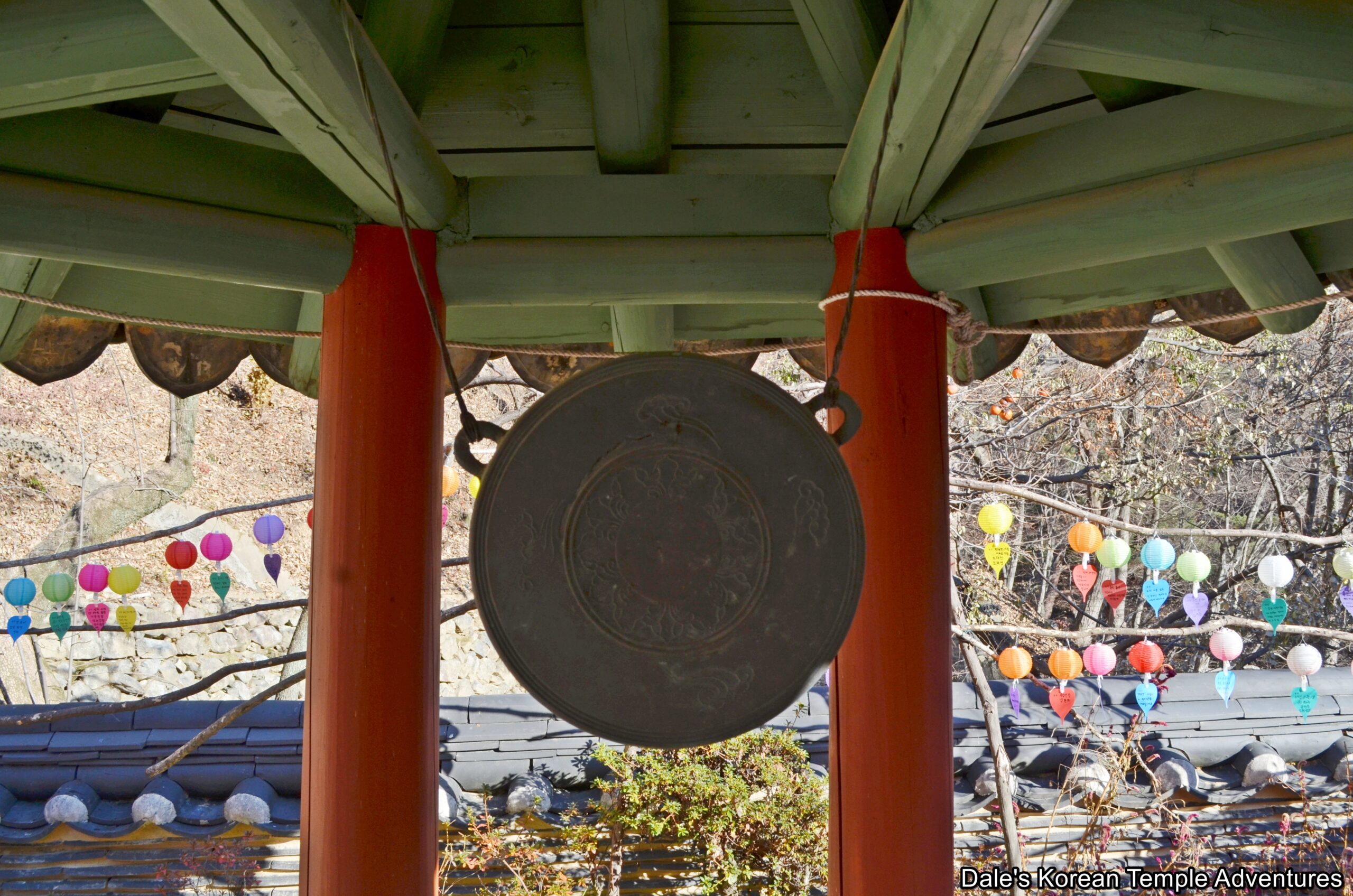
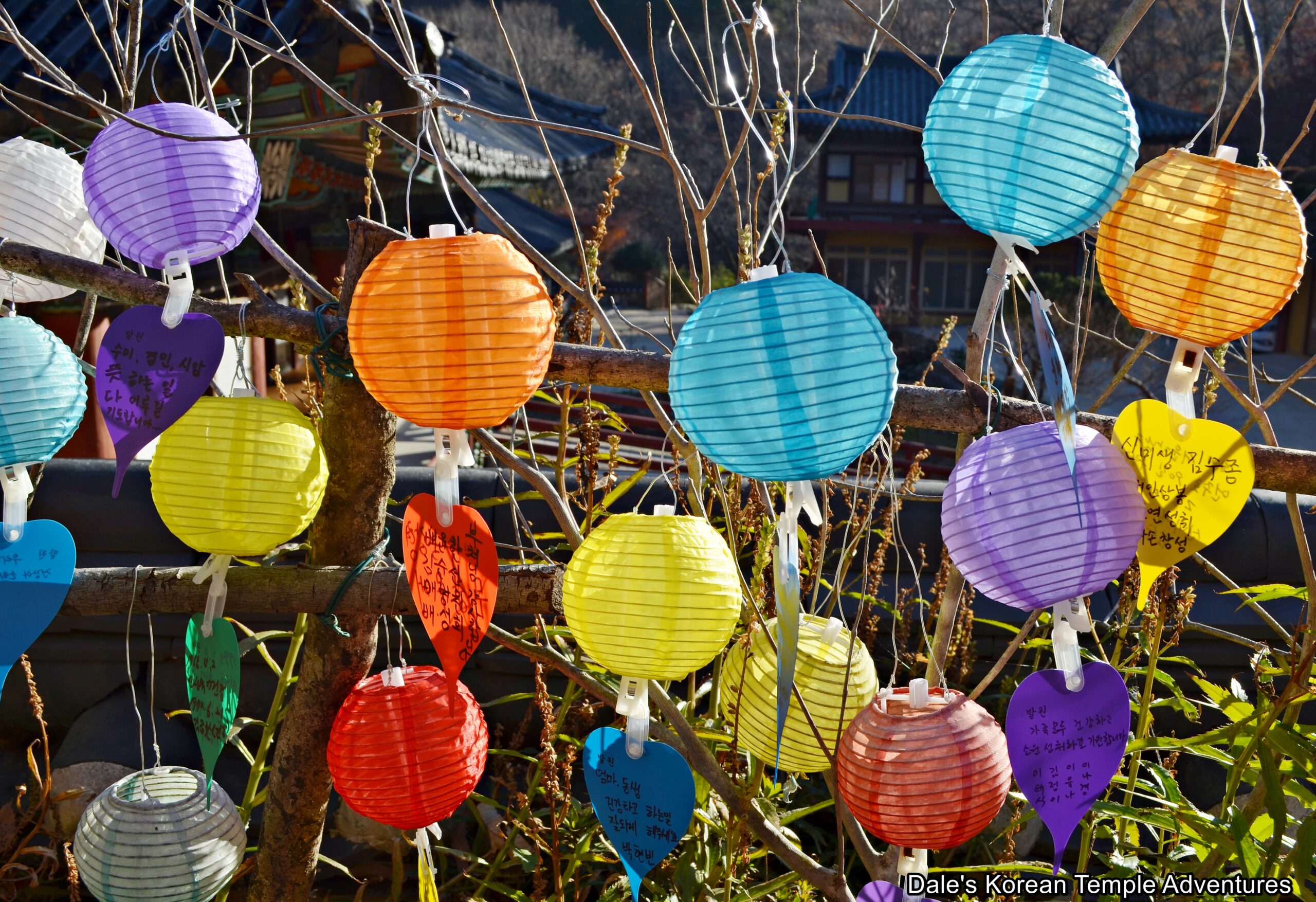
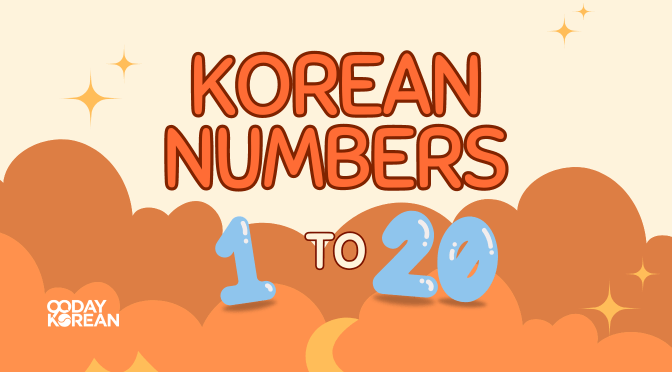

Recent comments